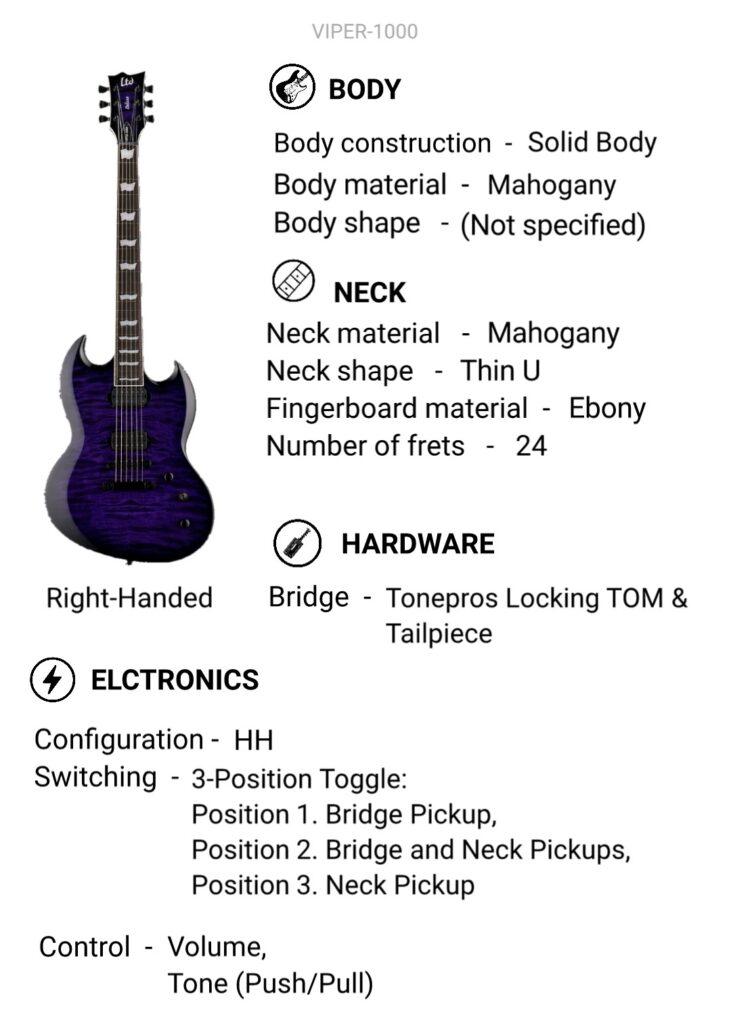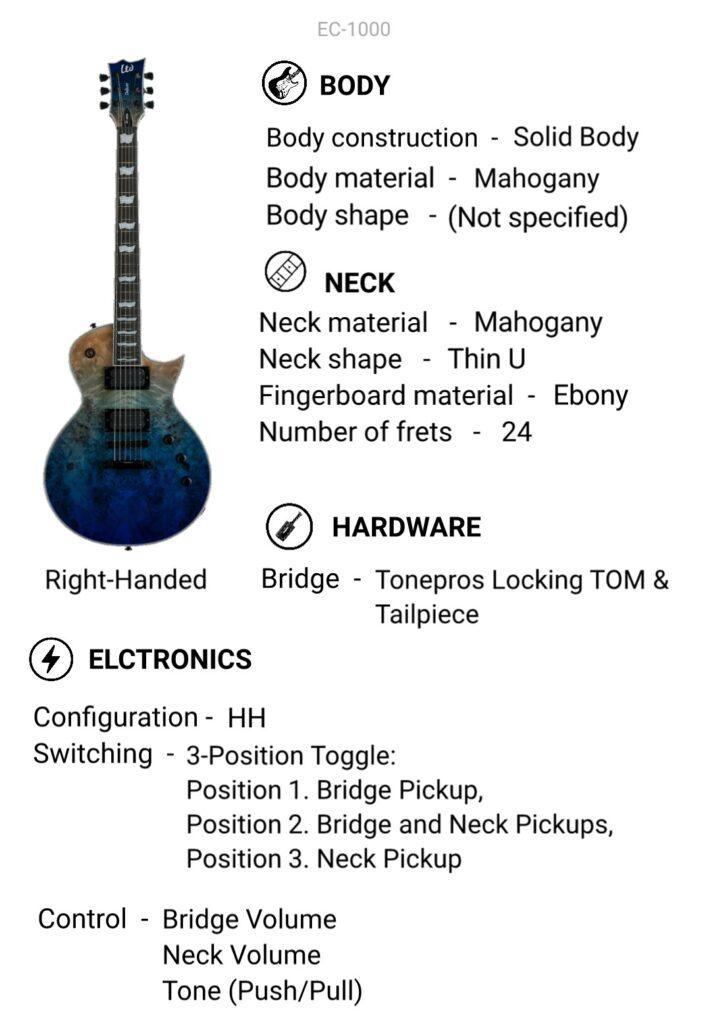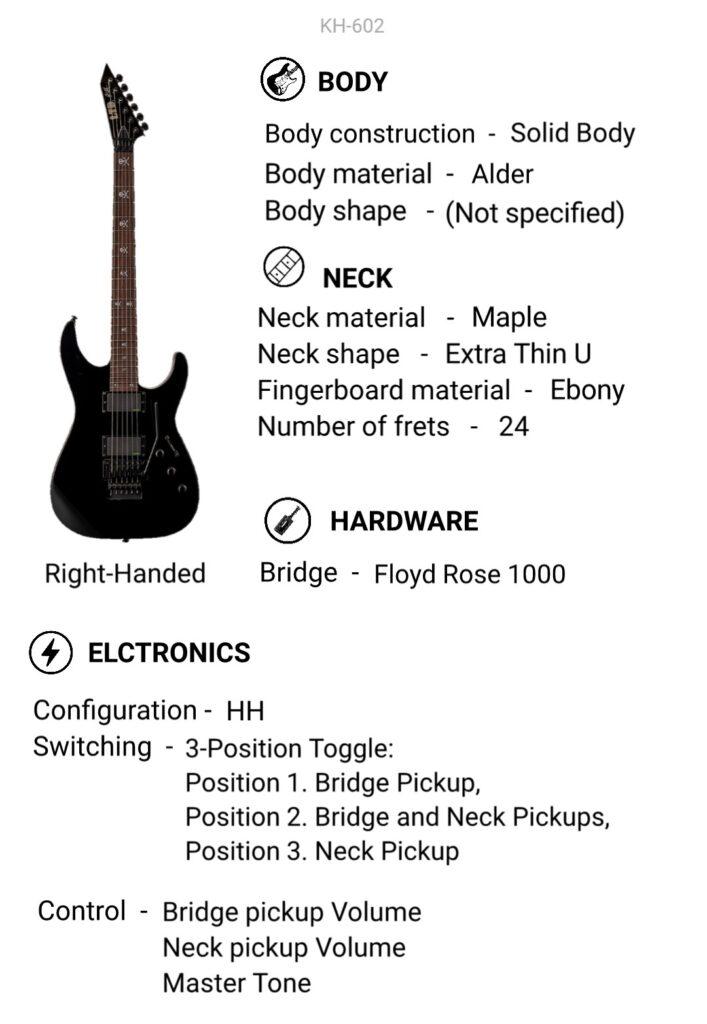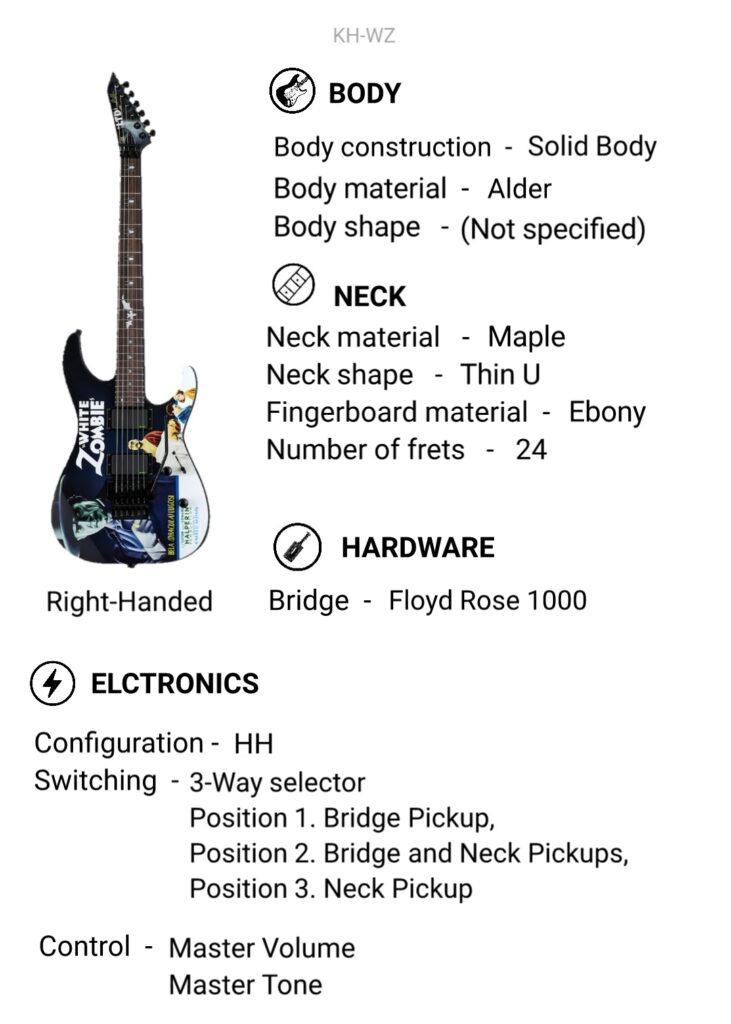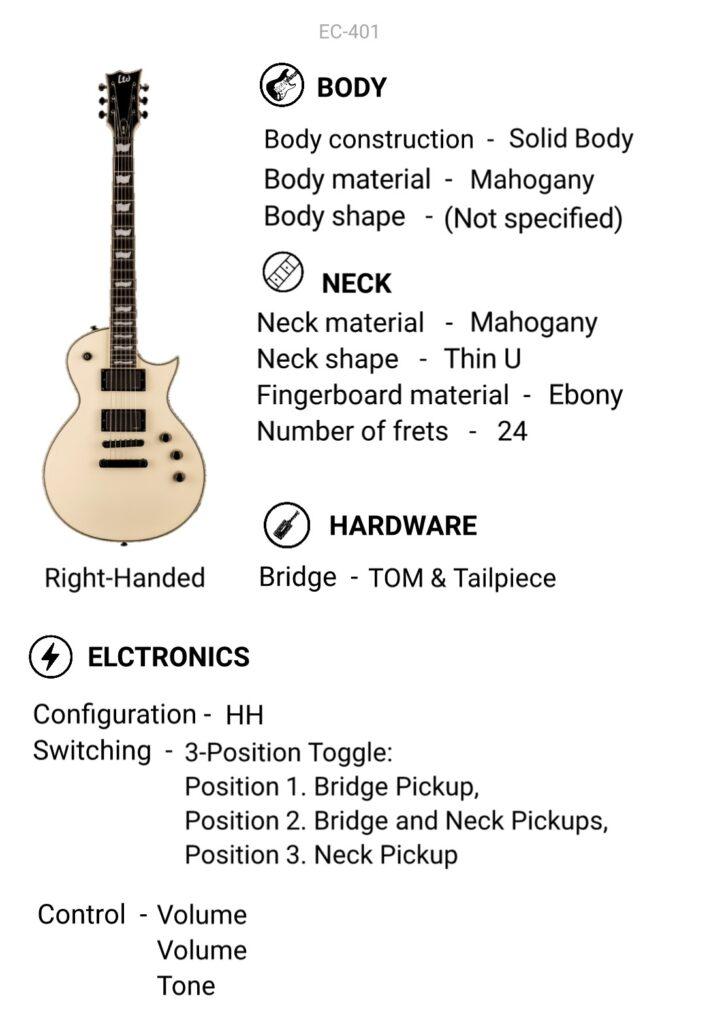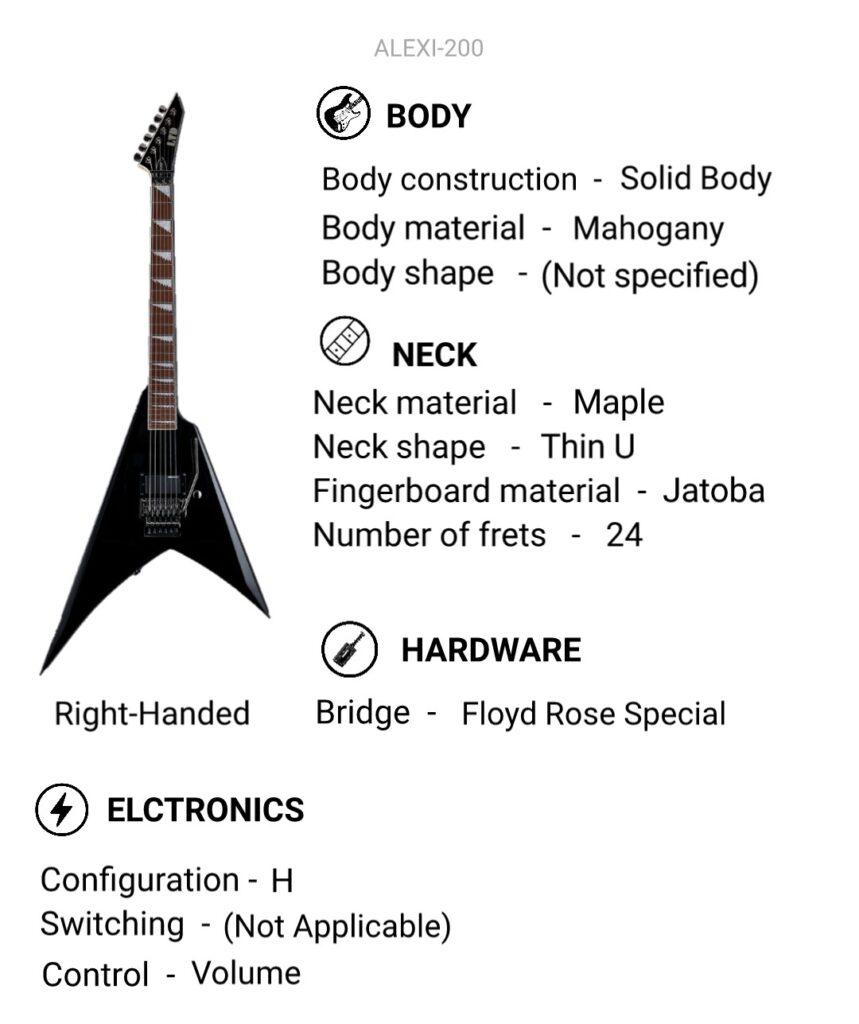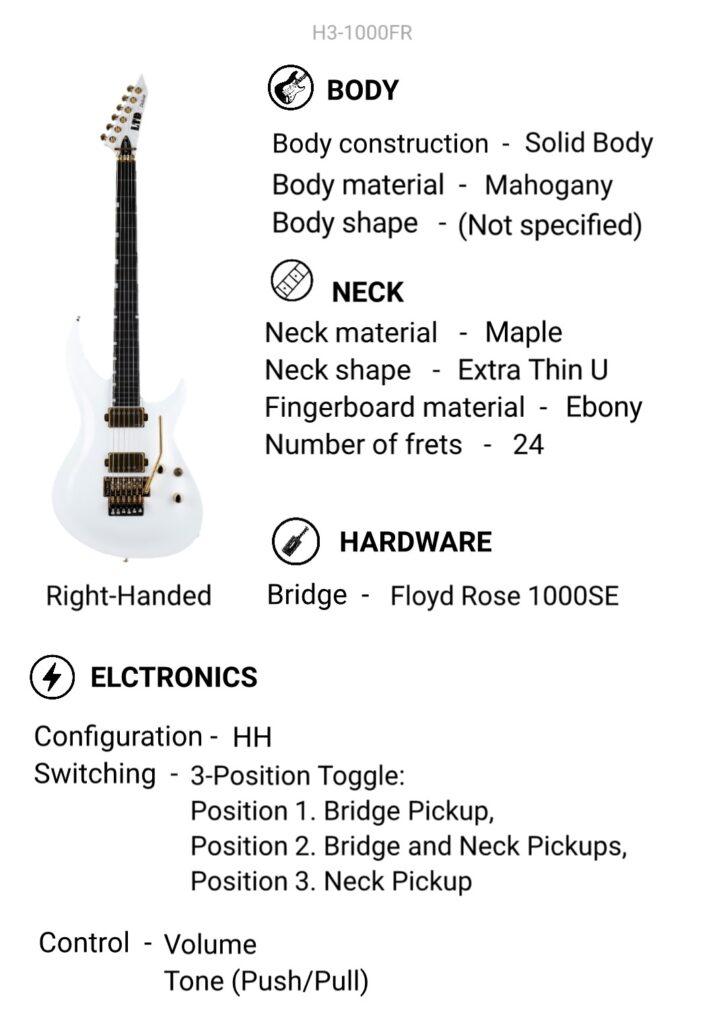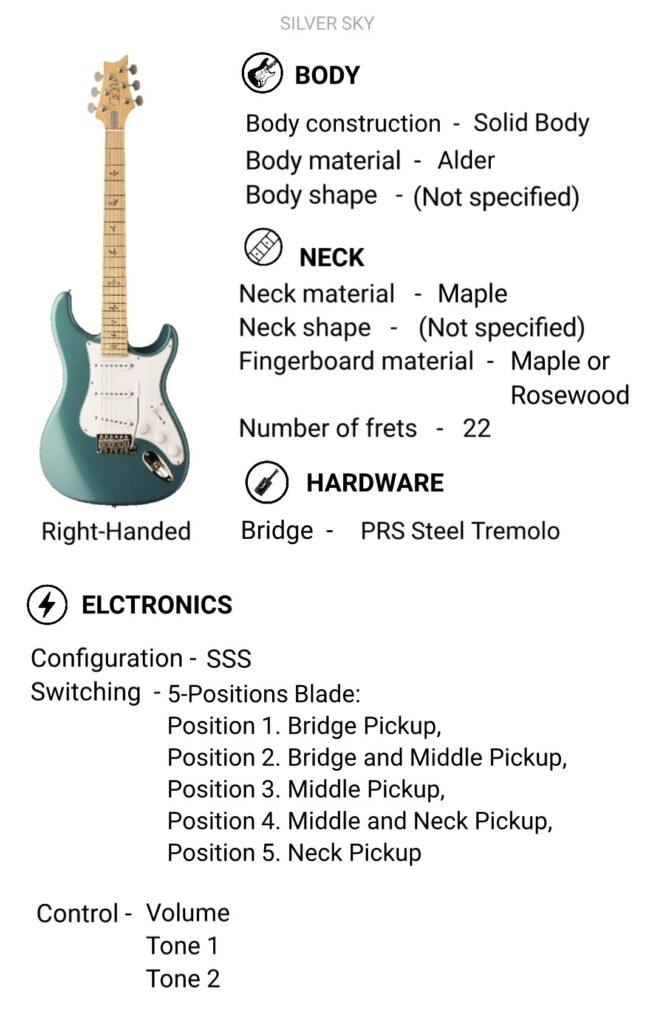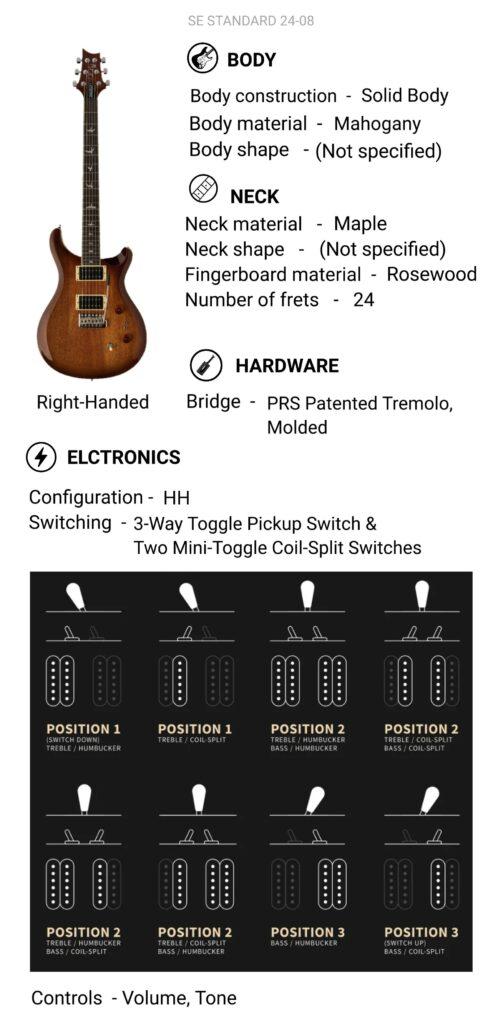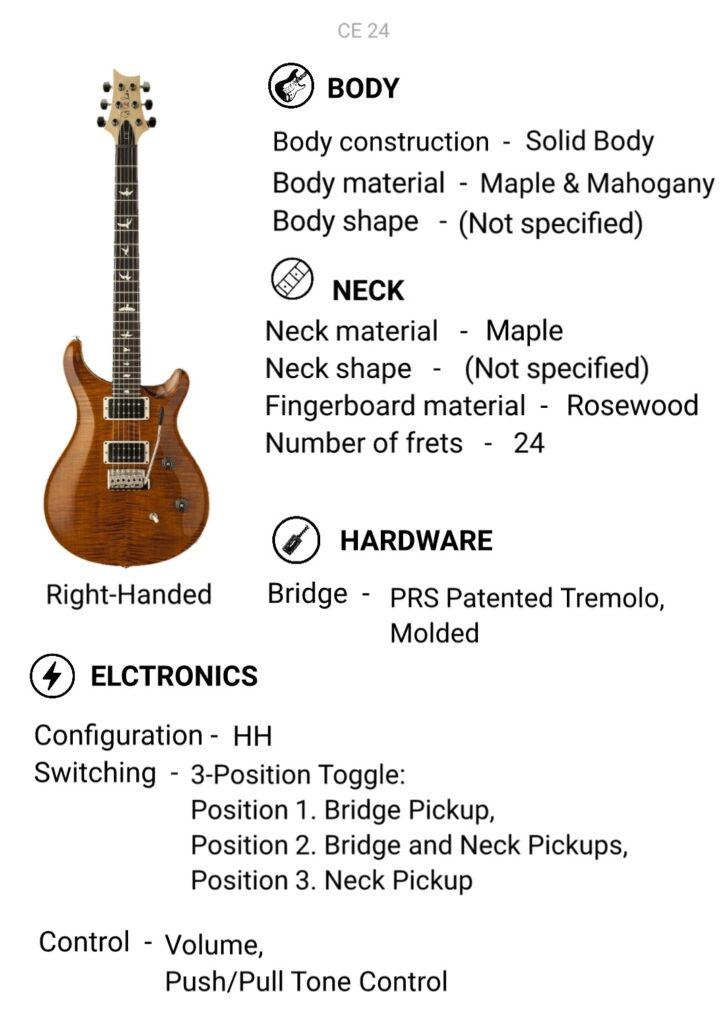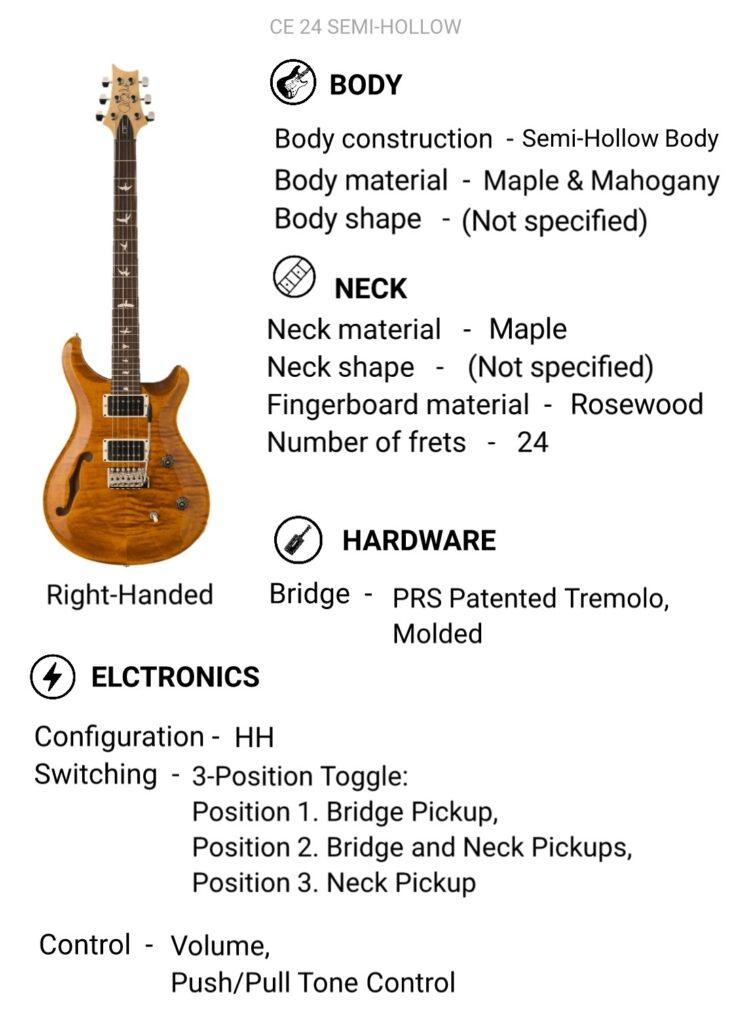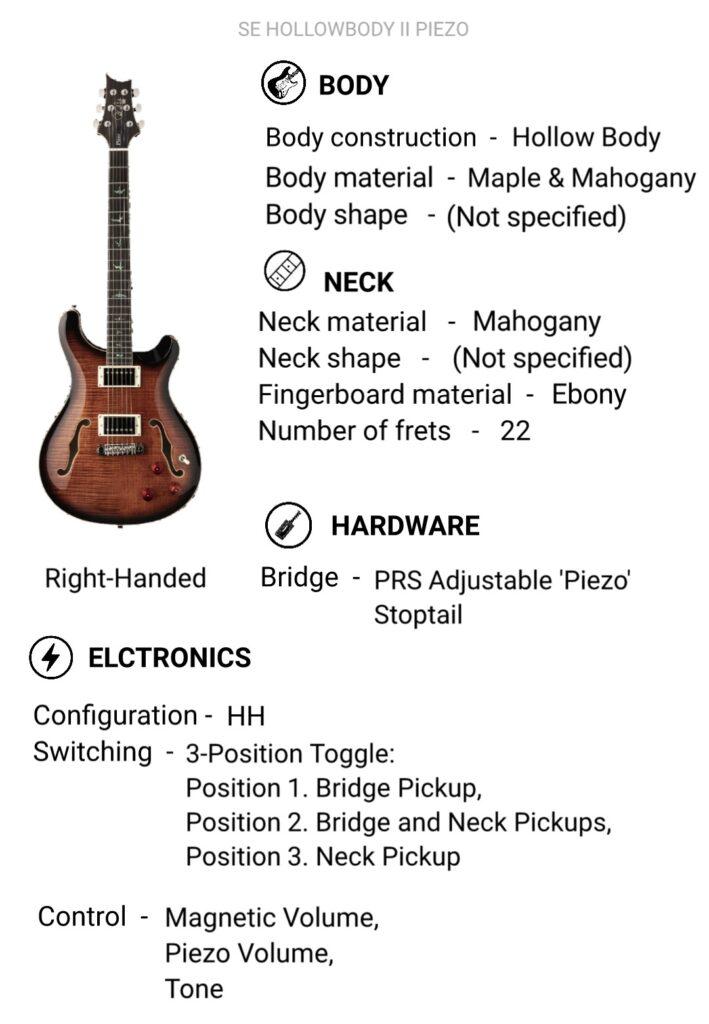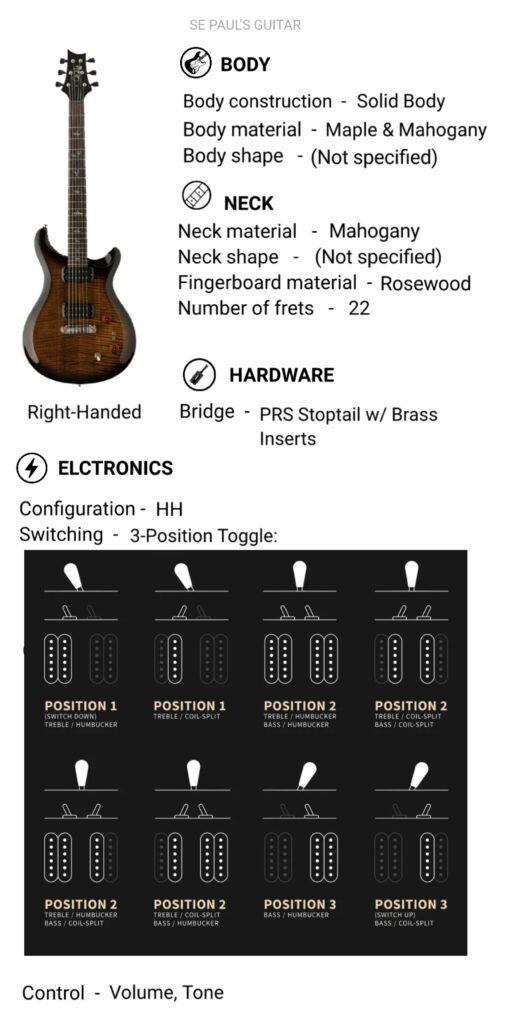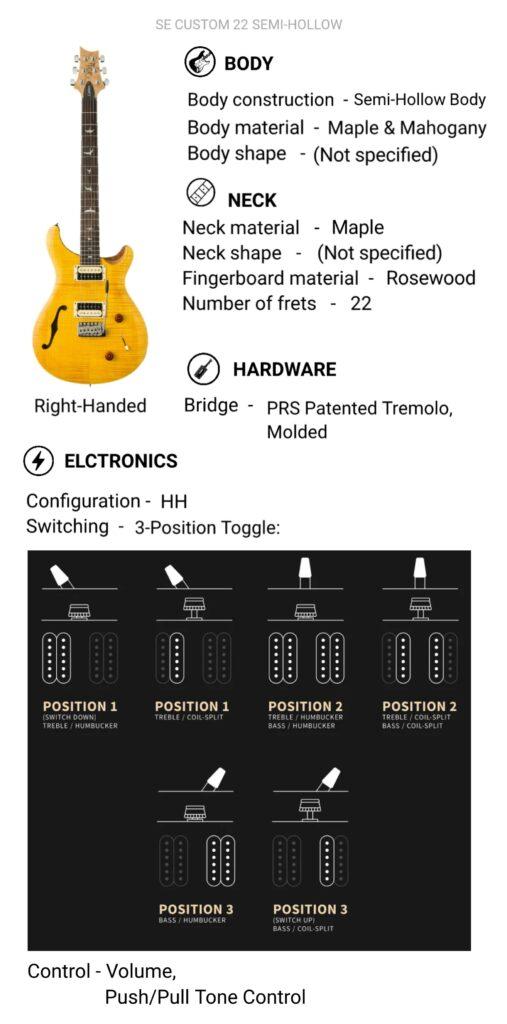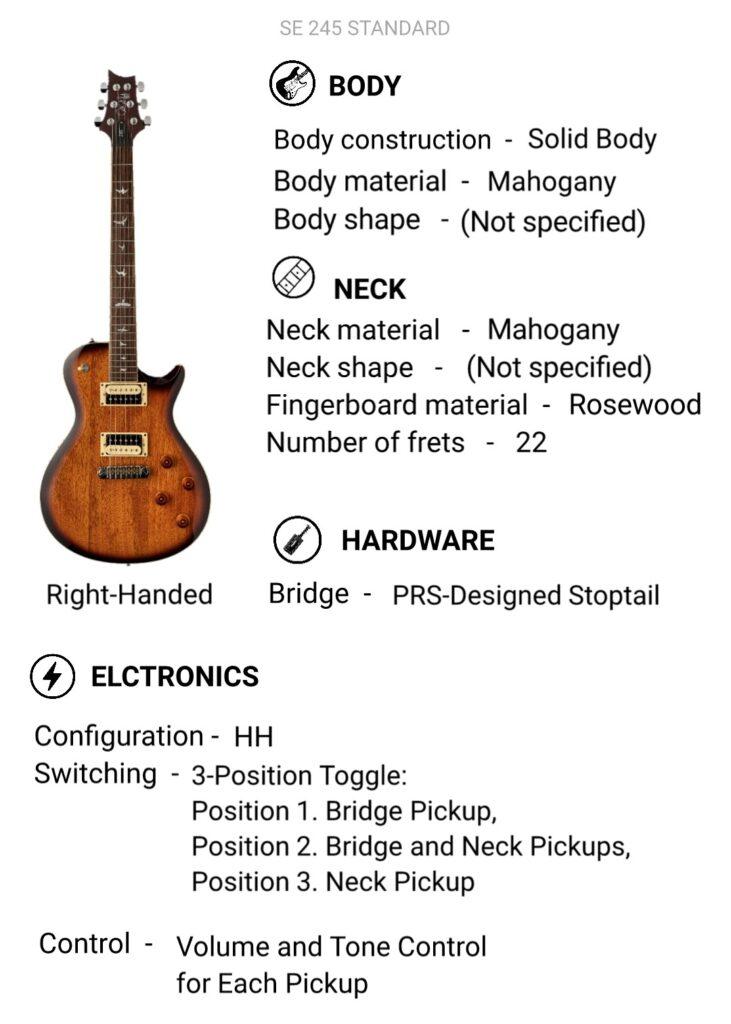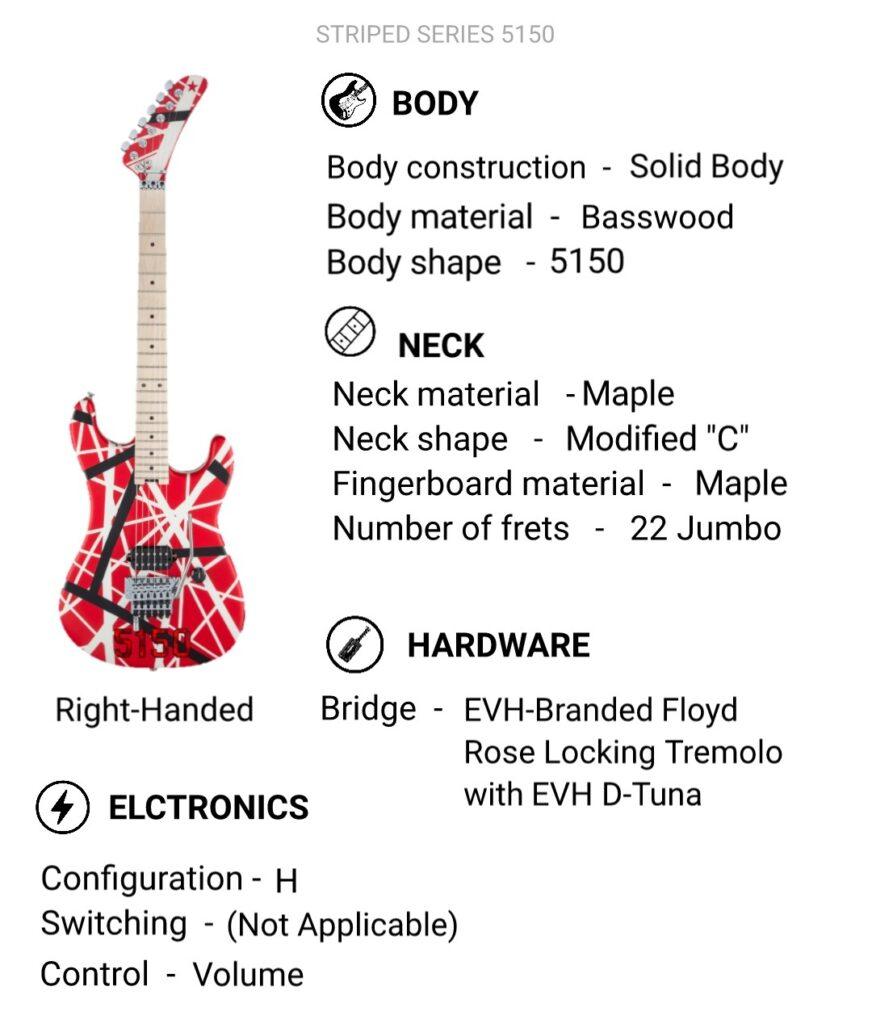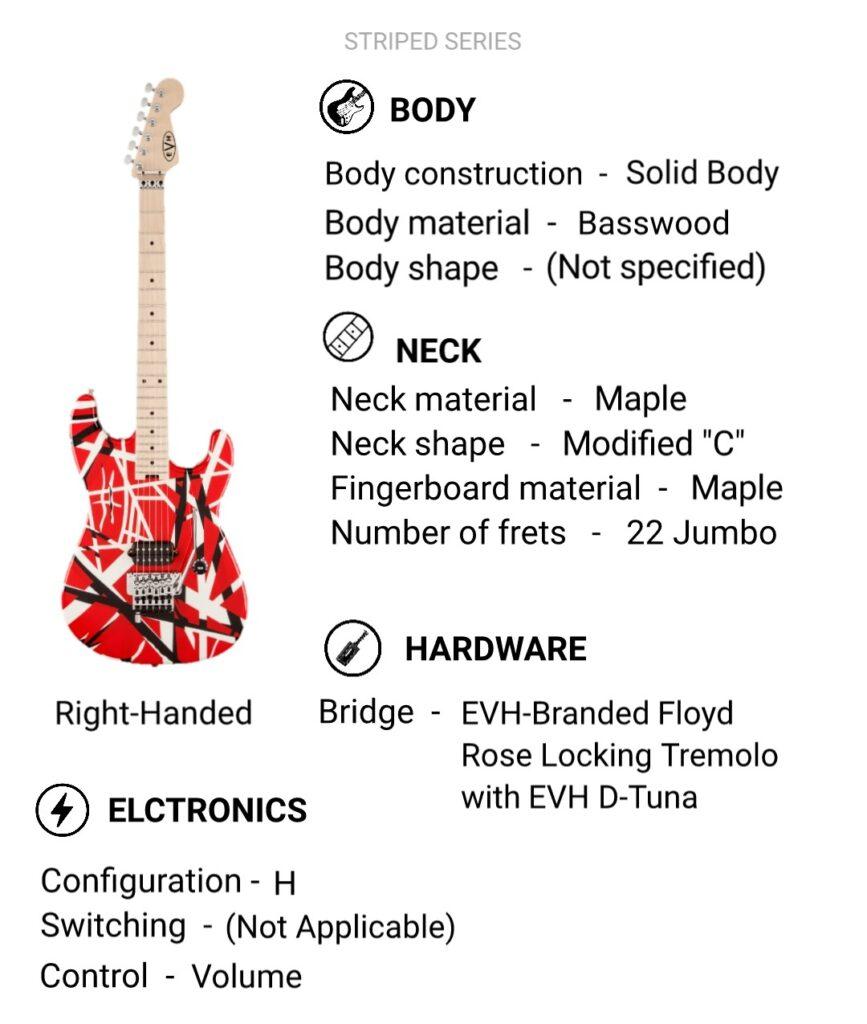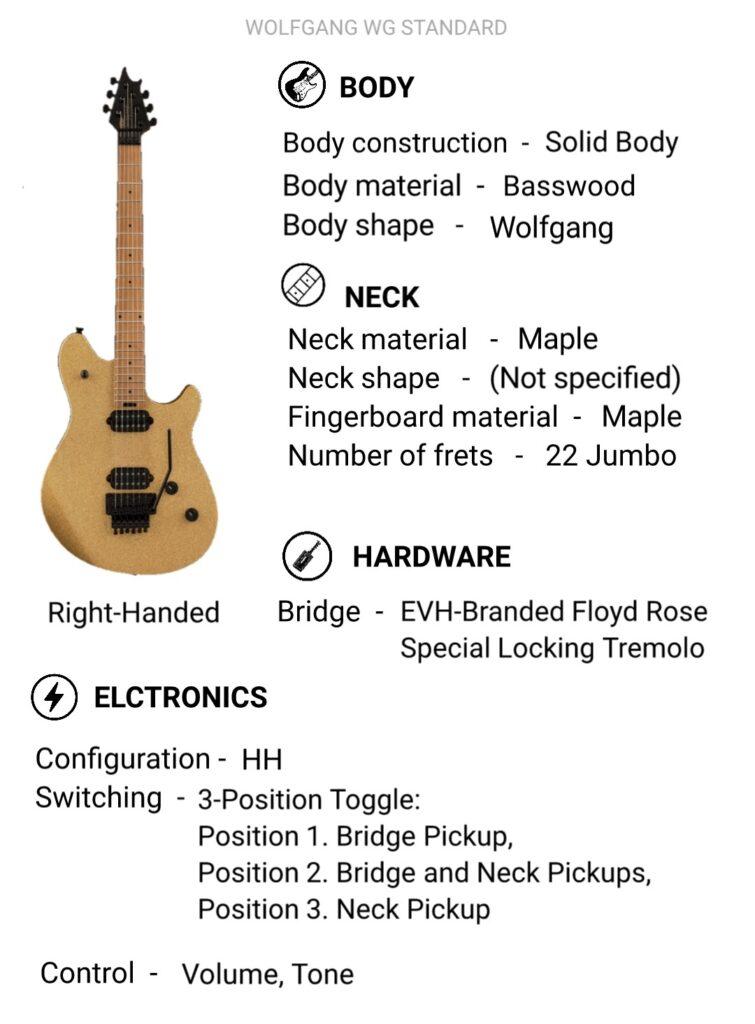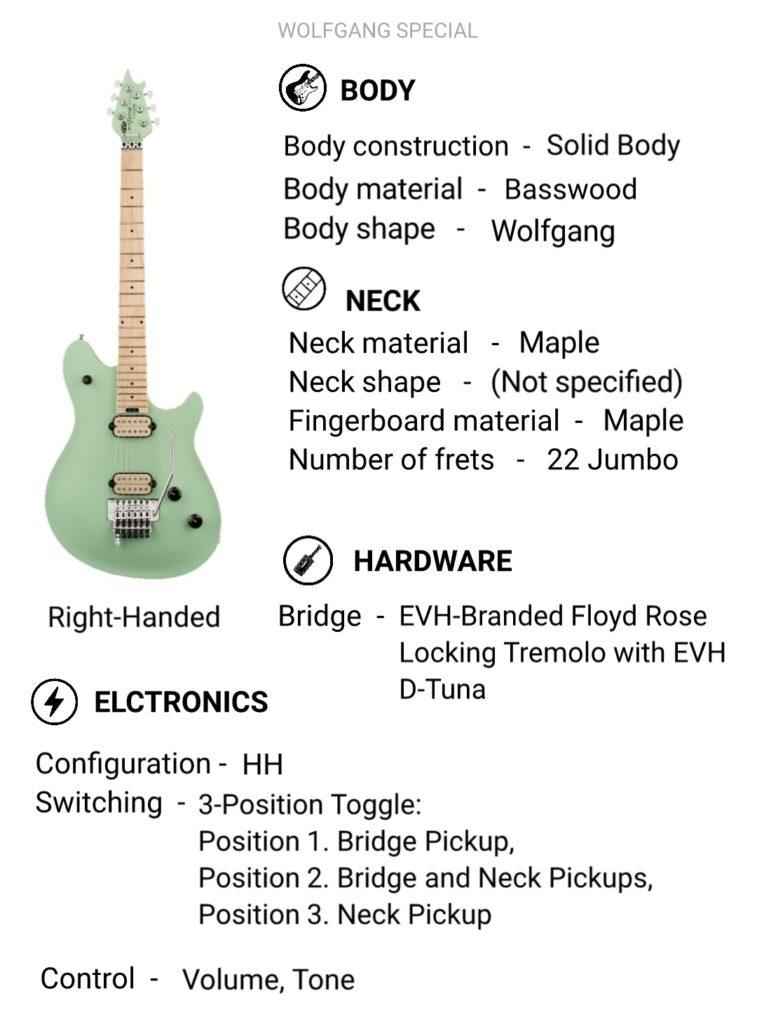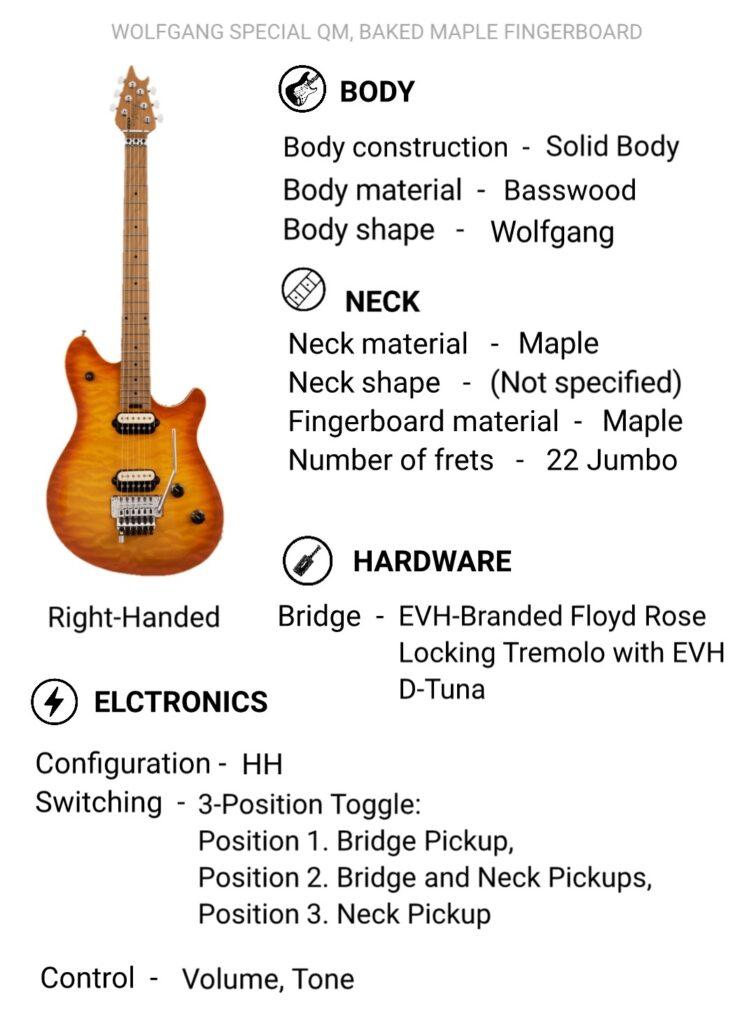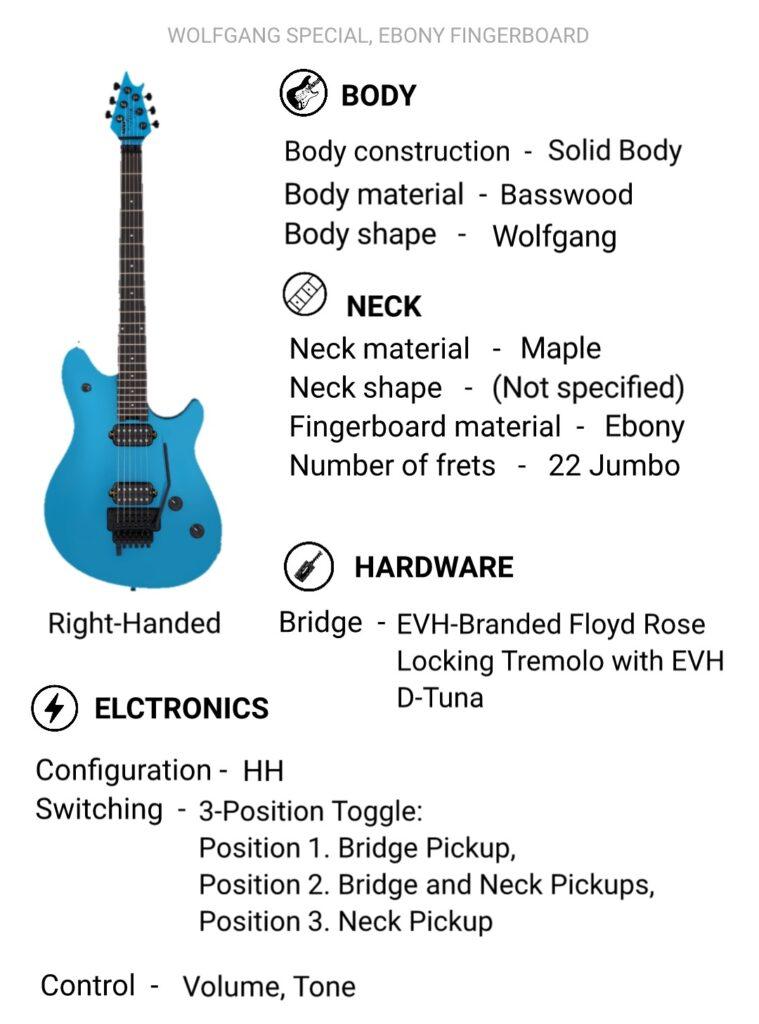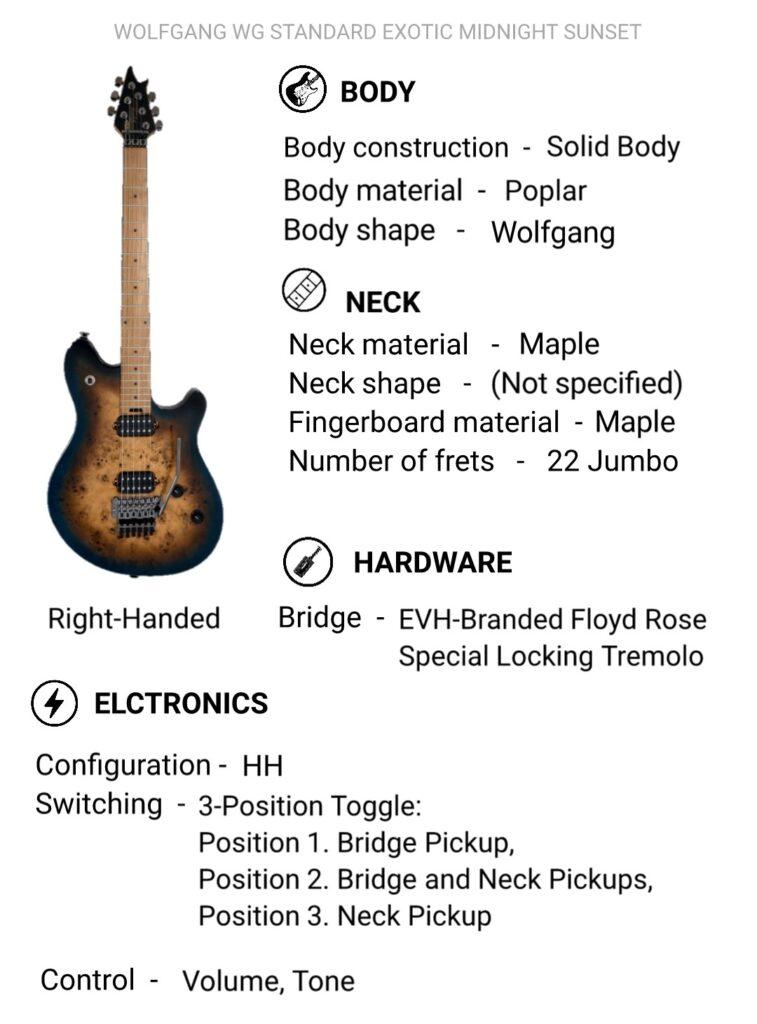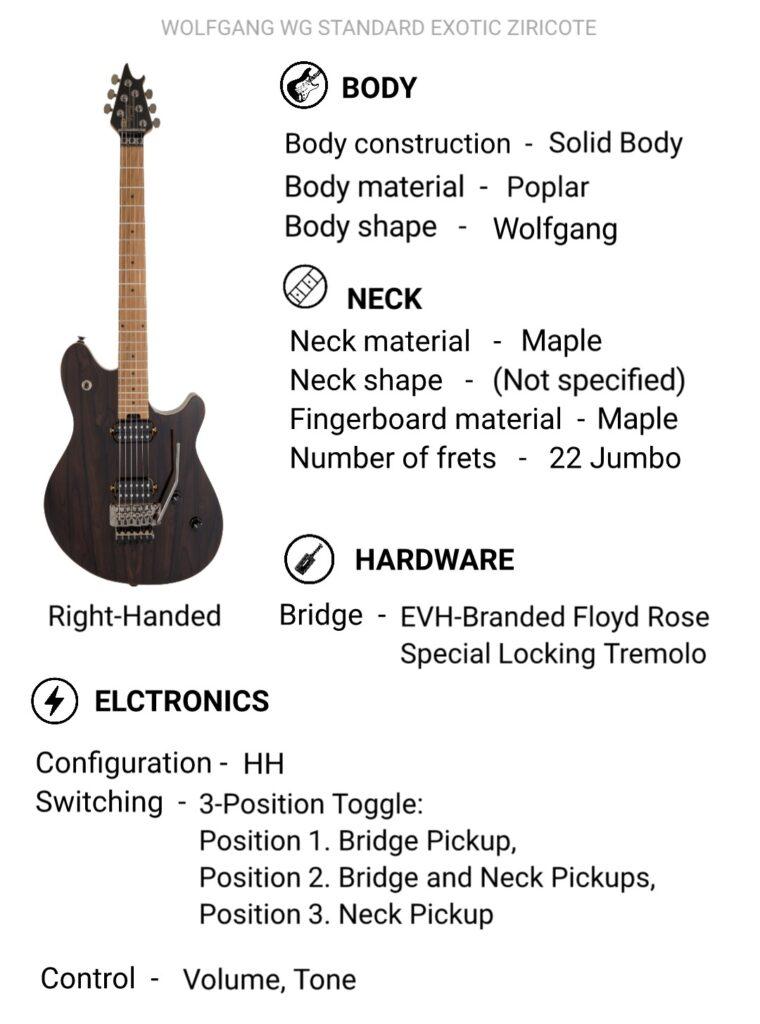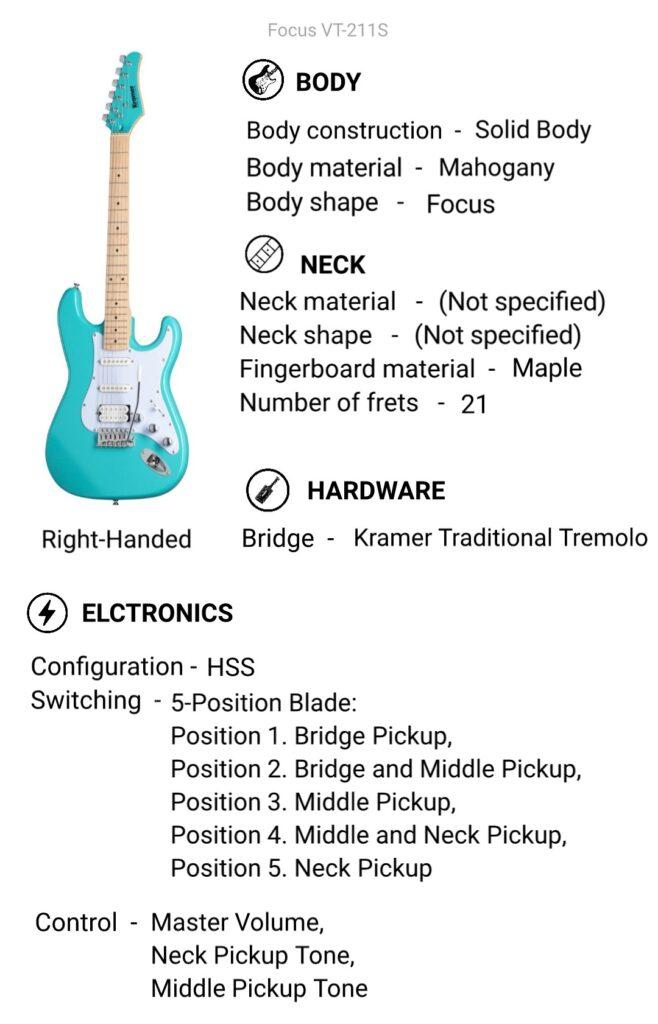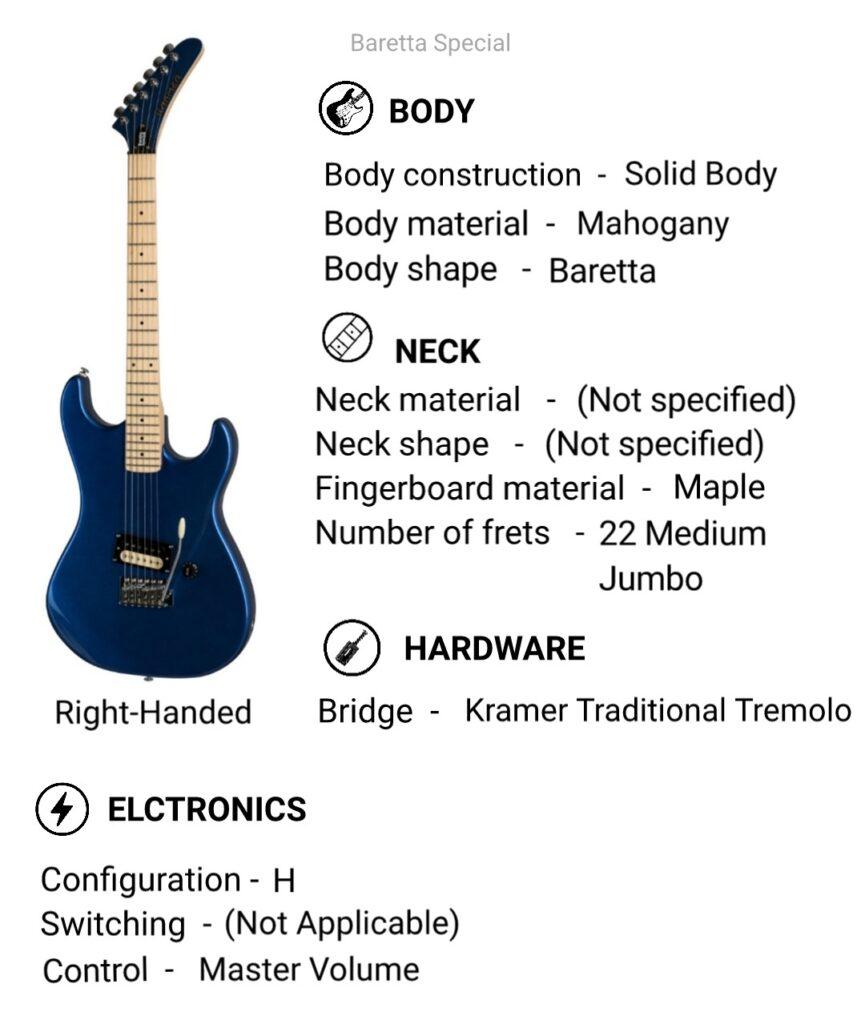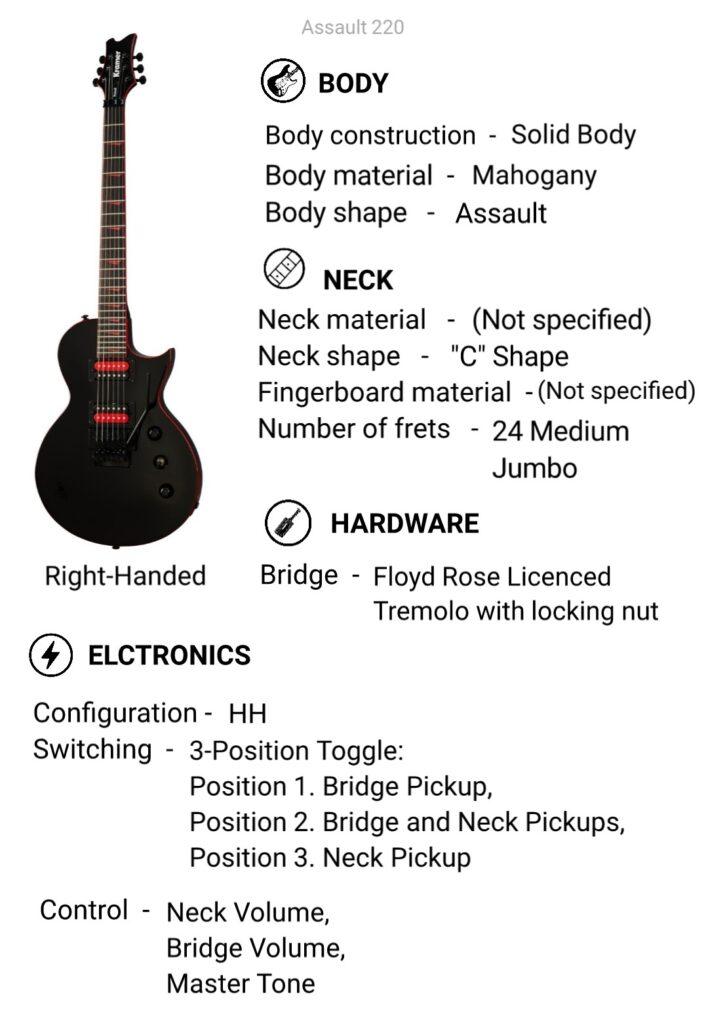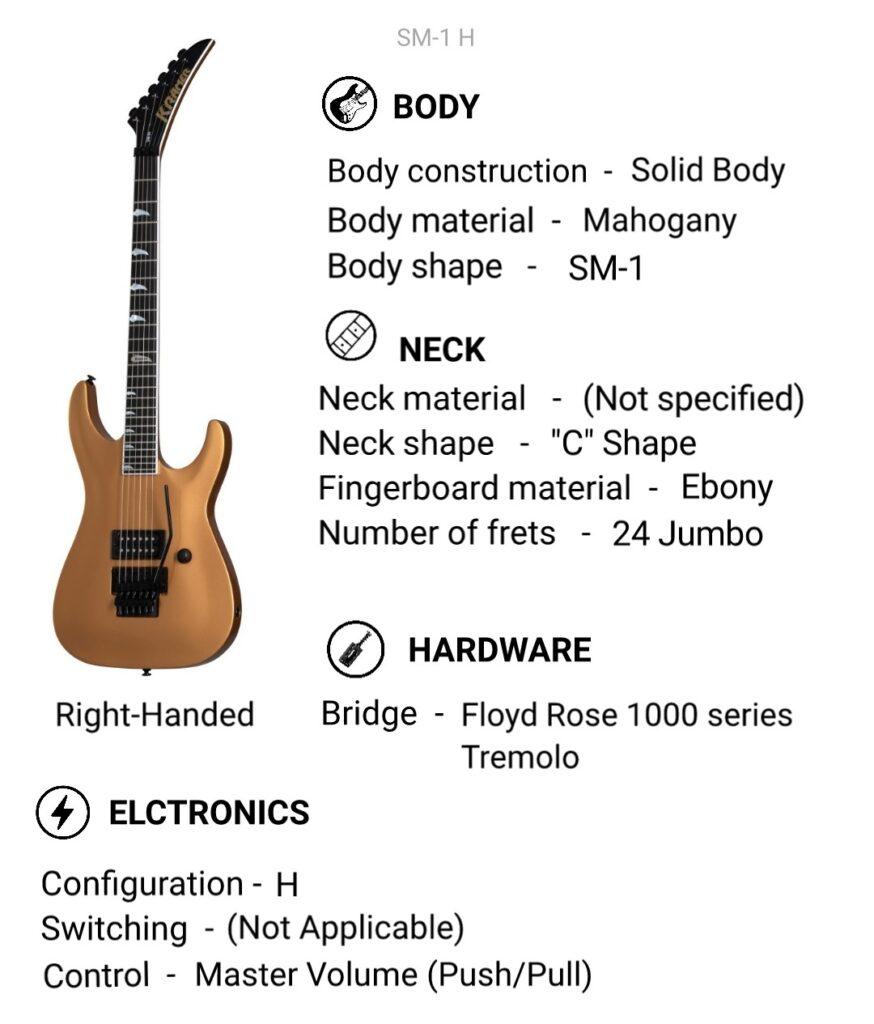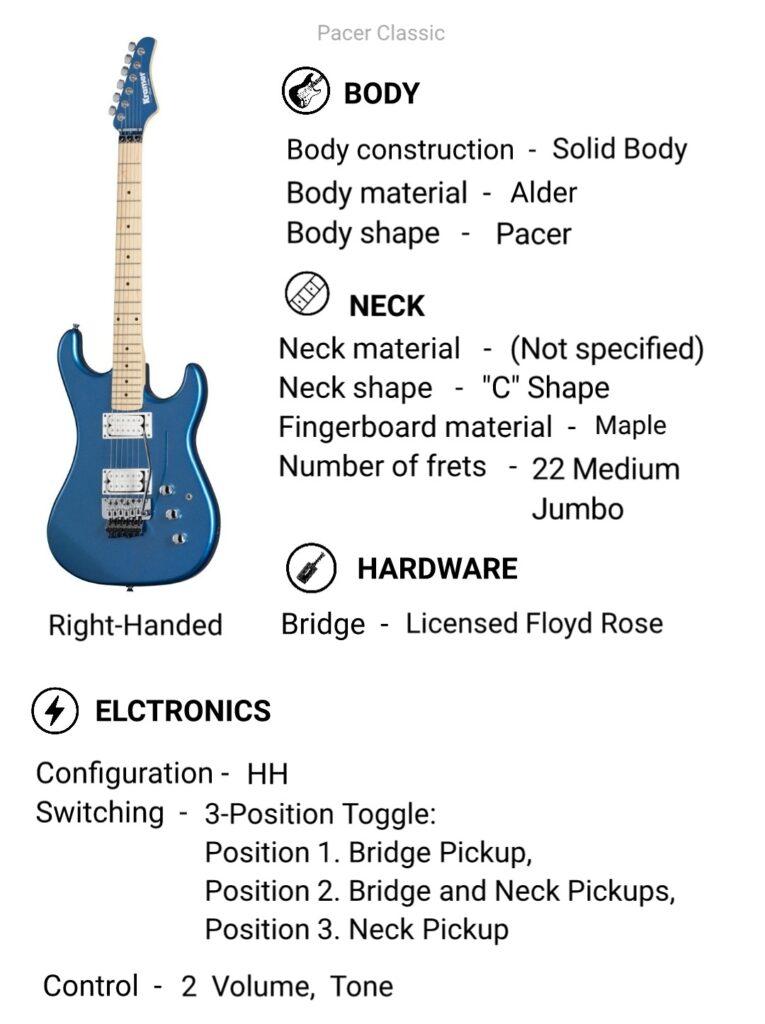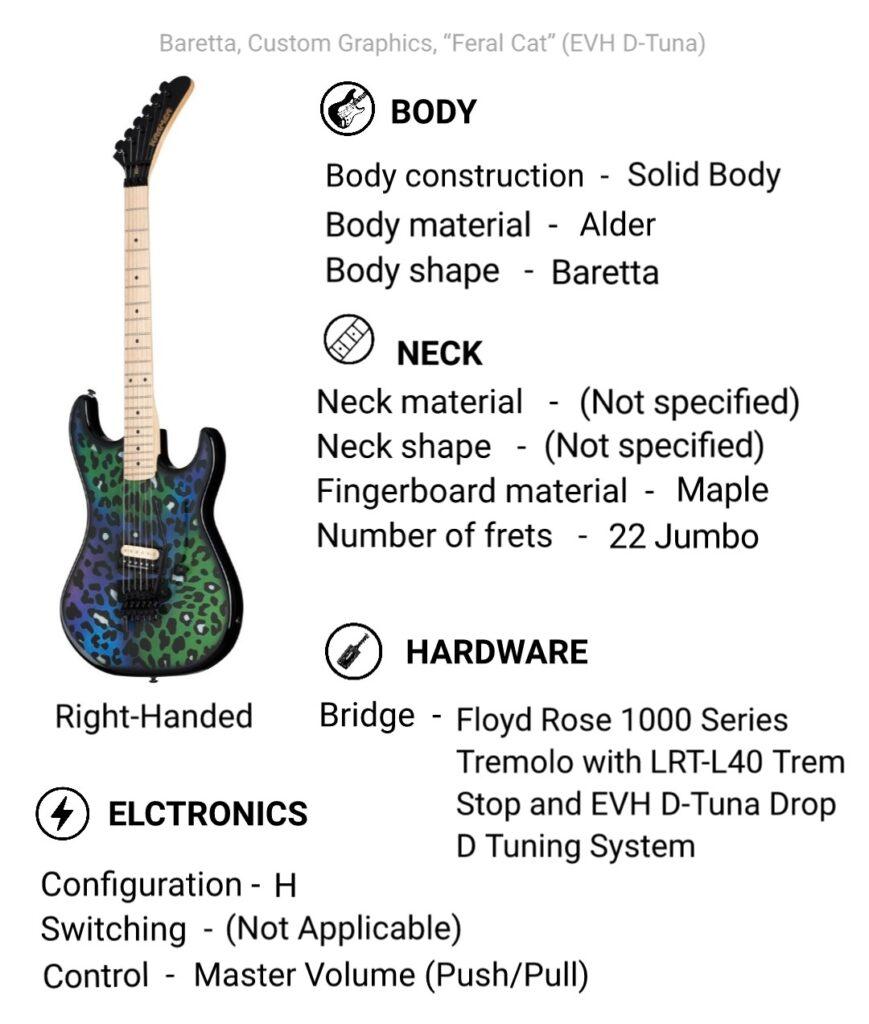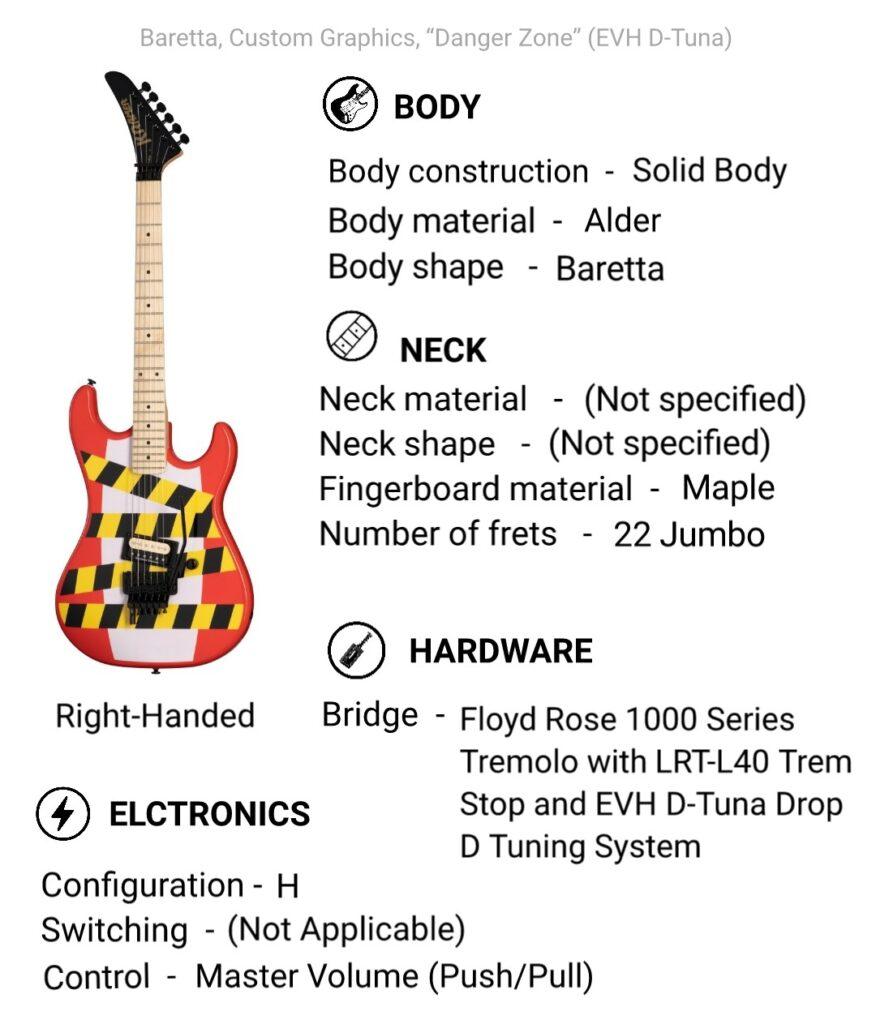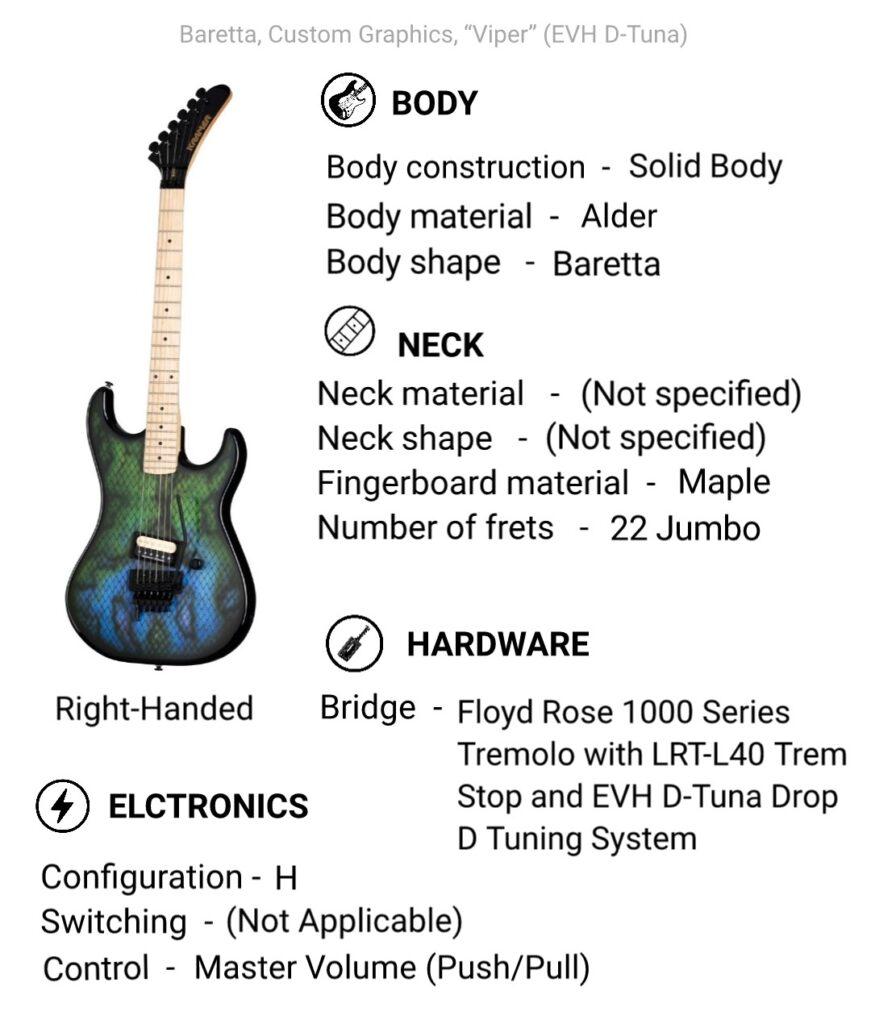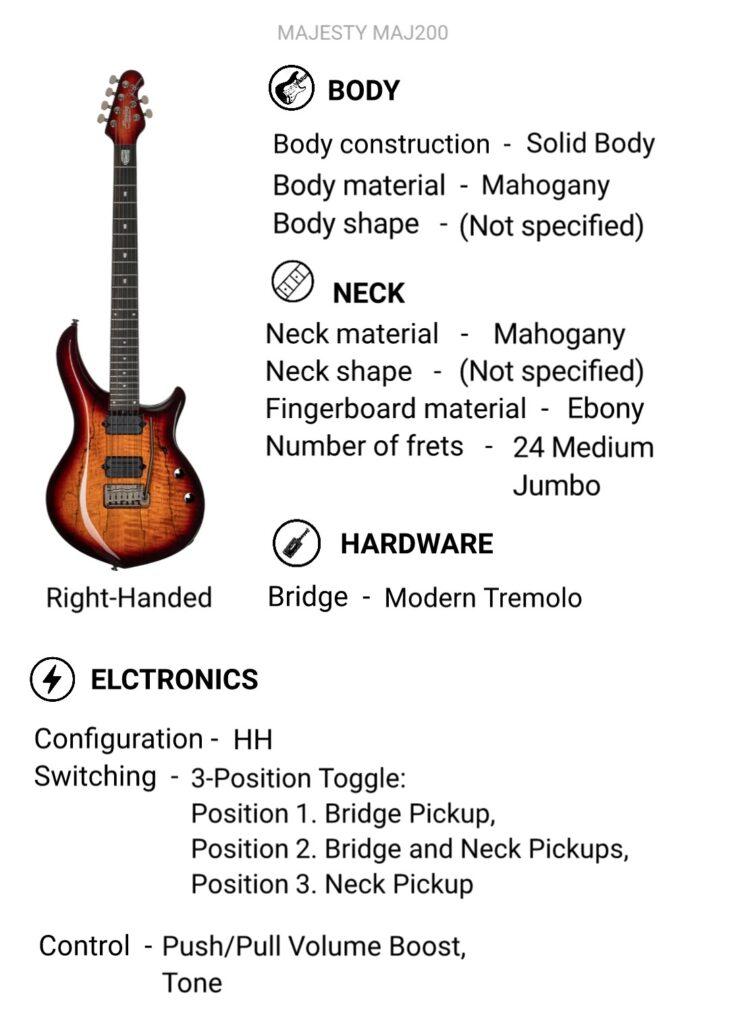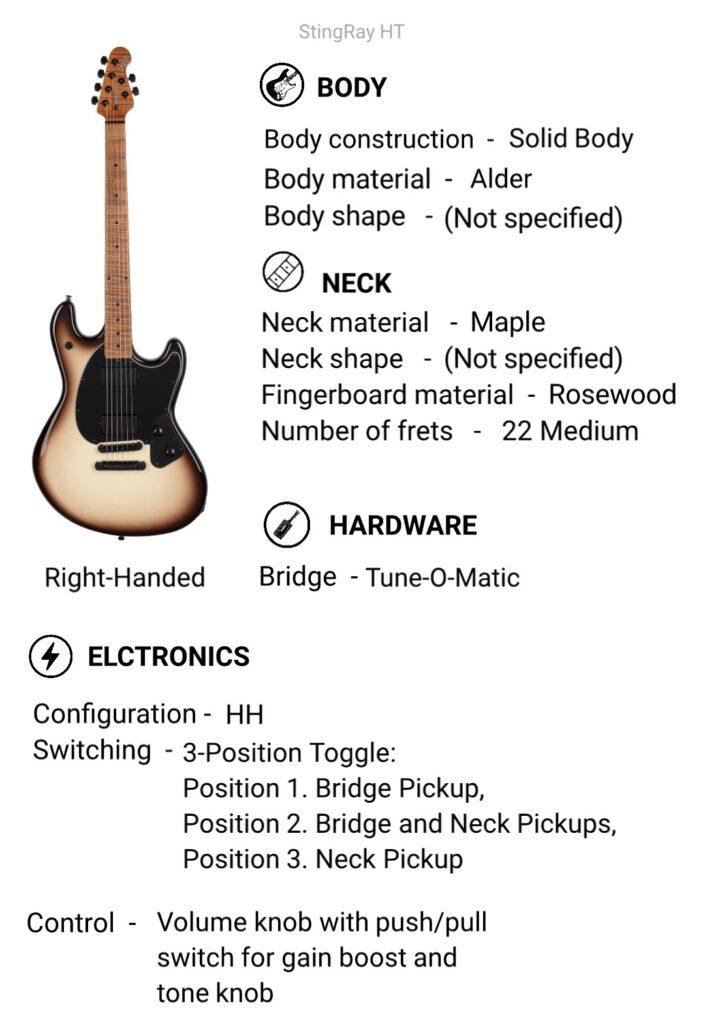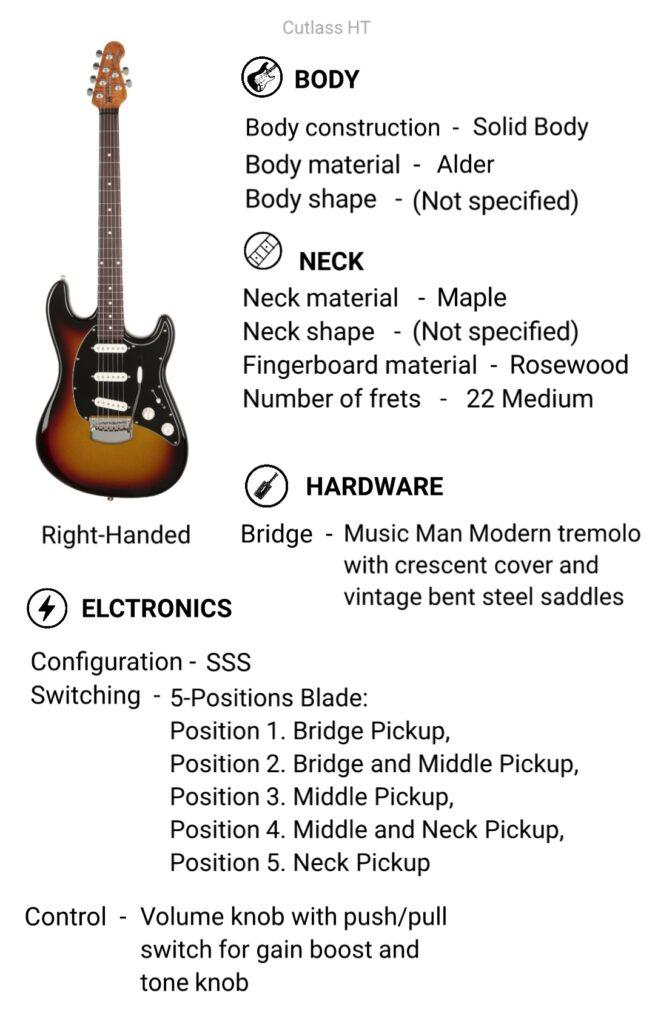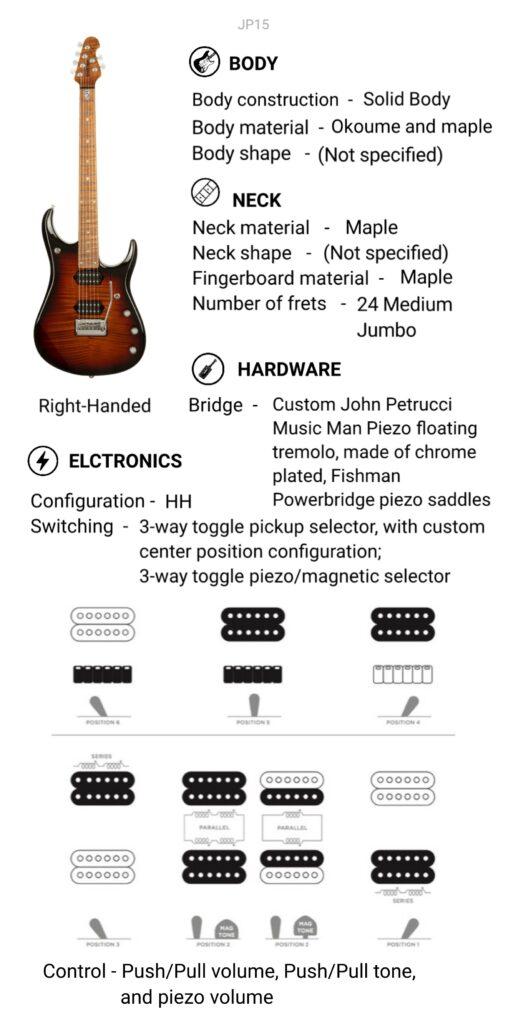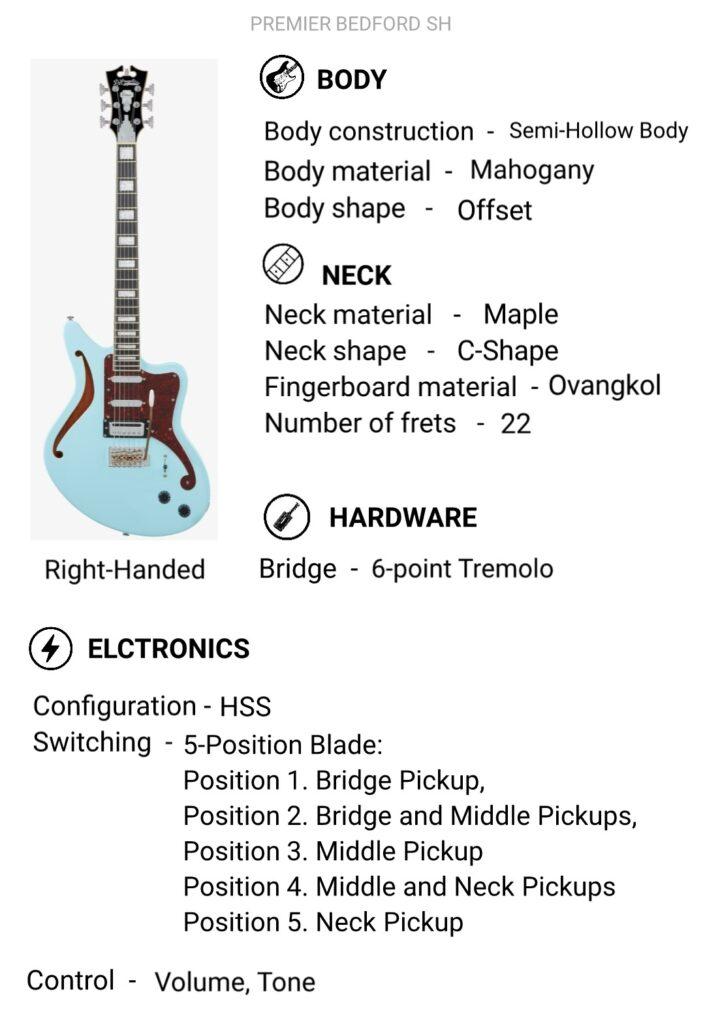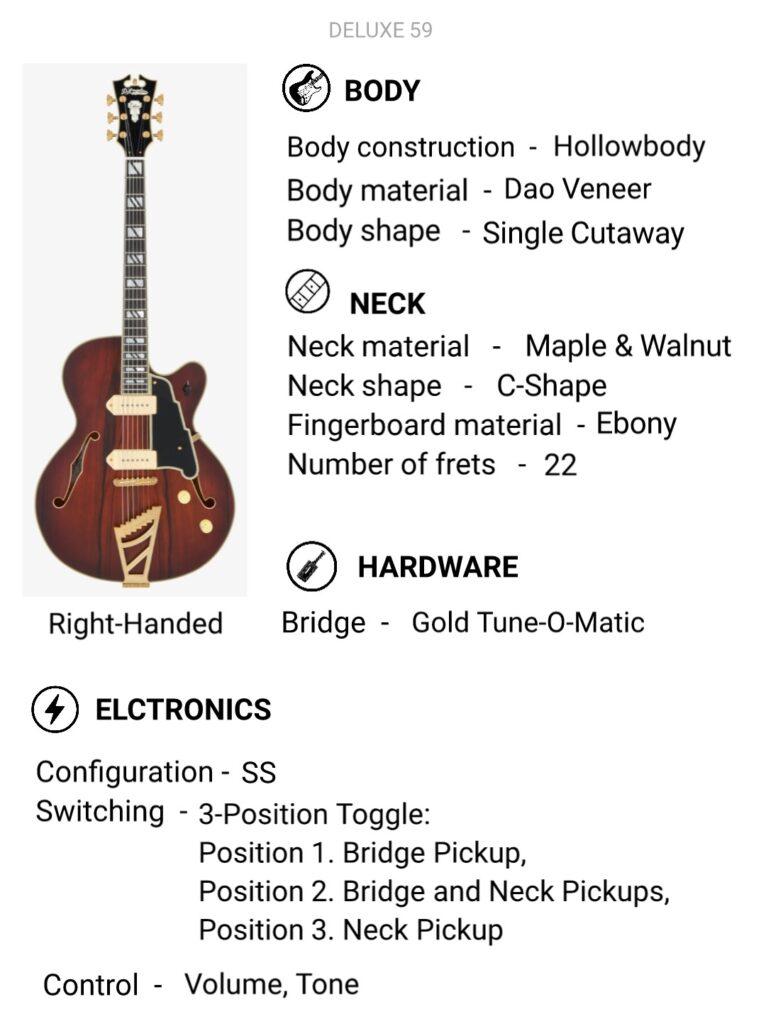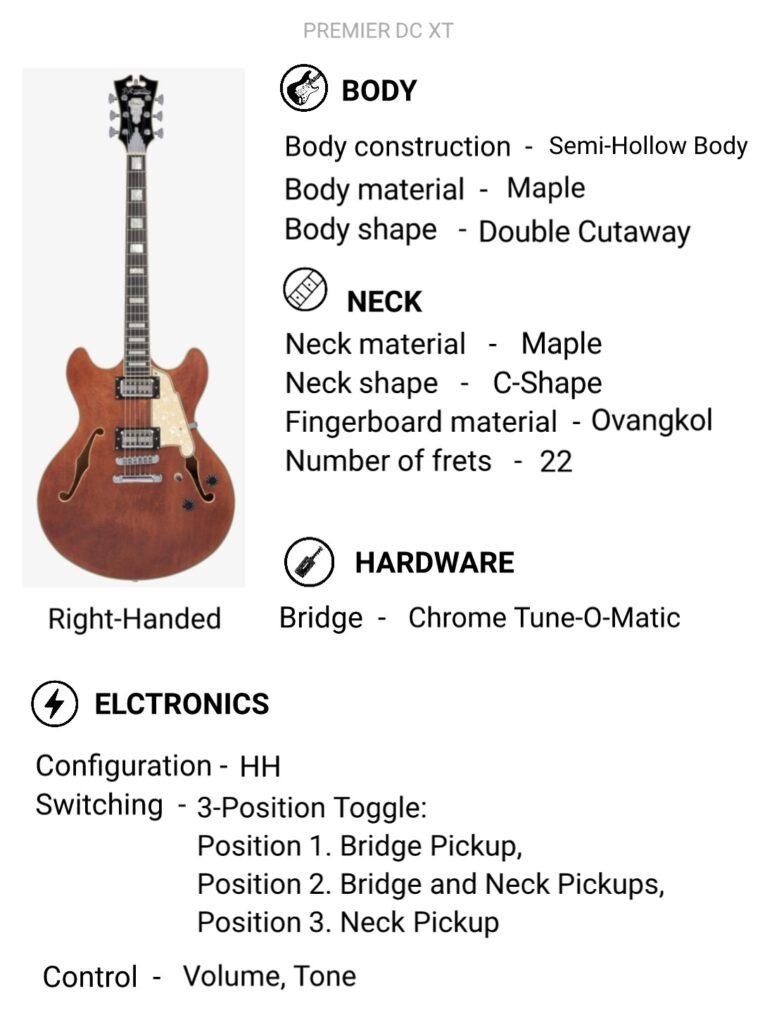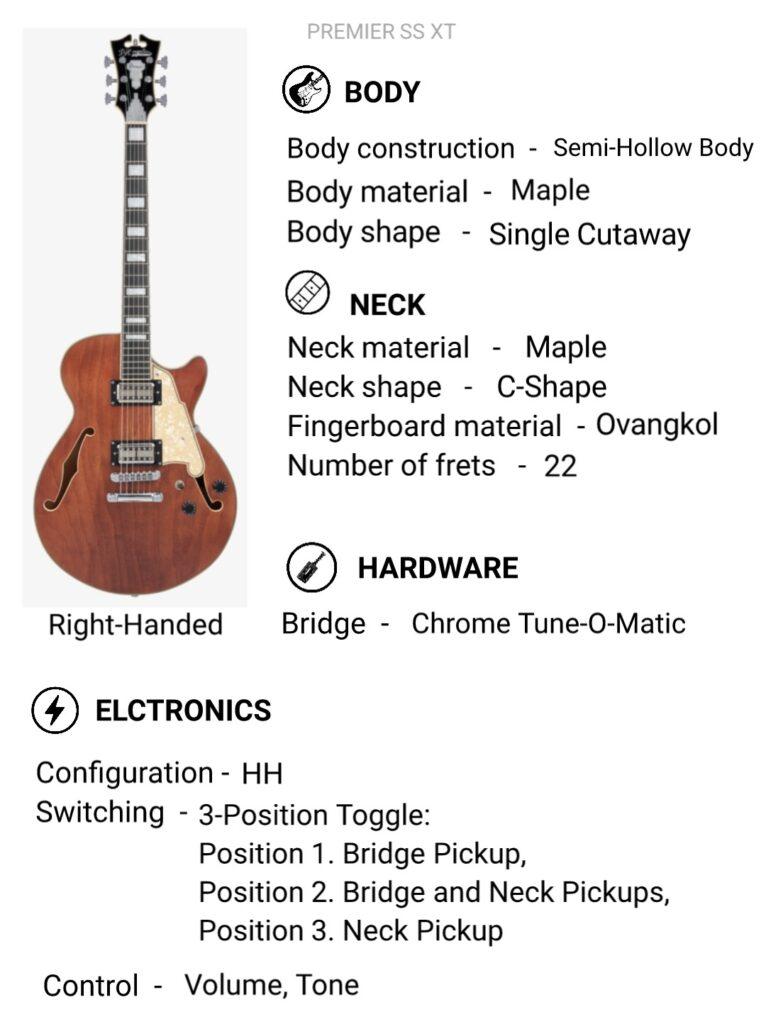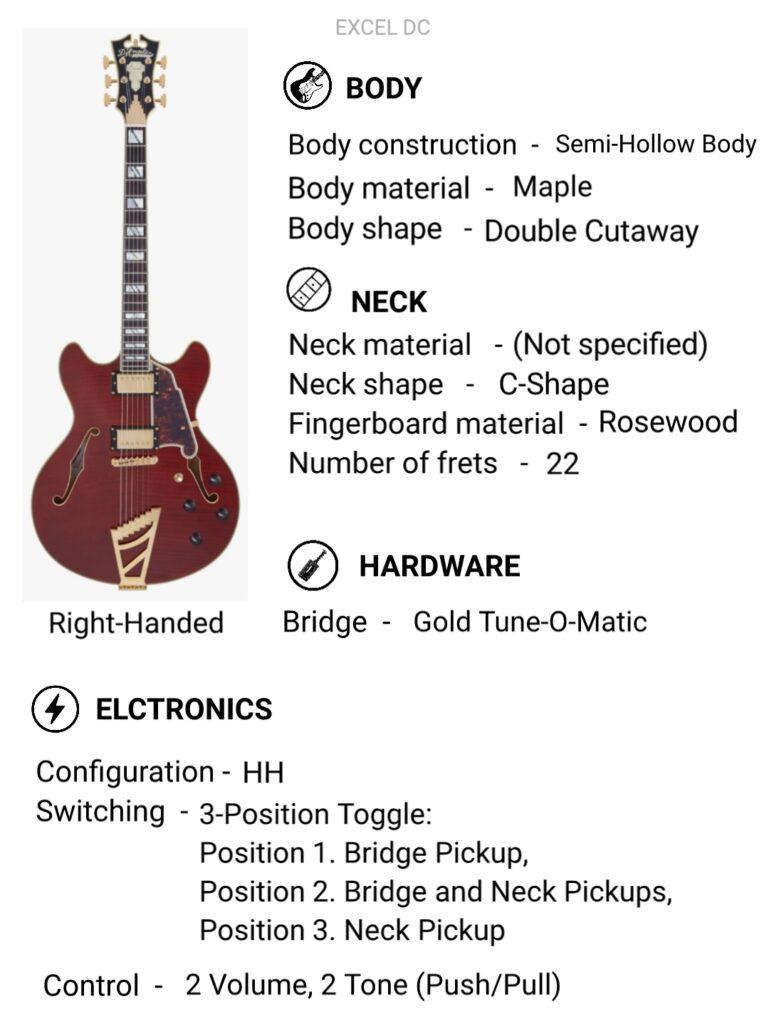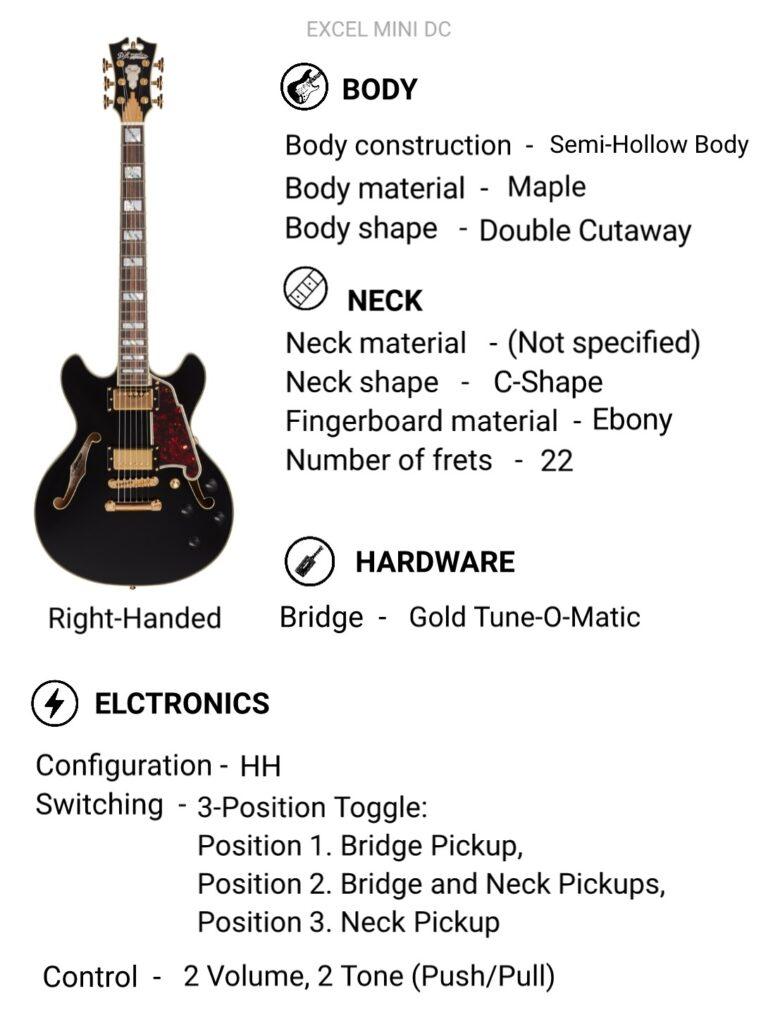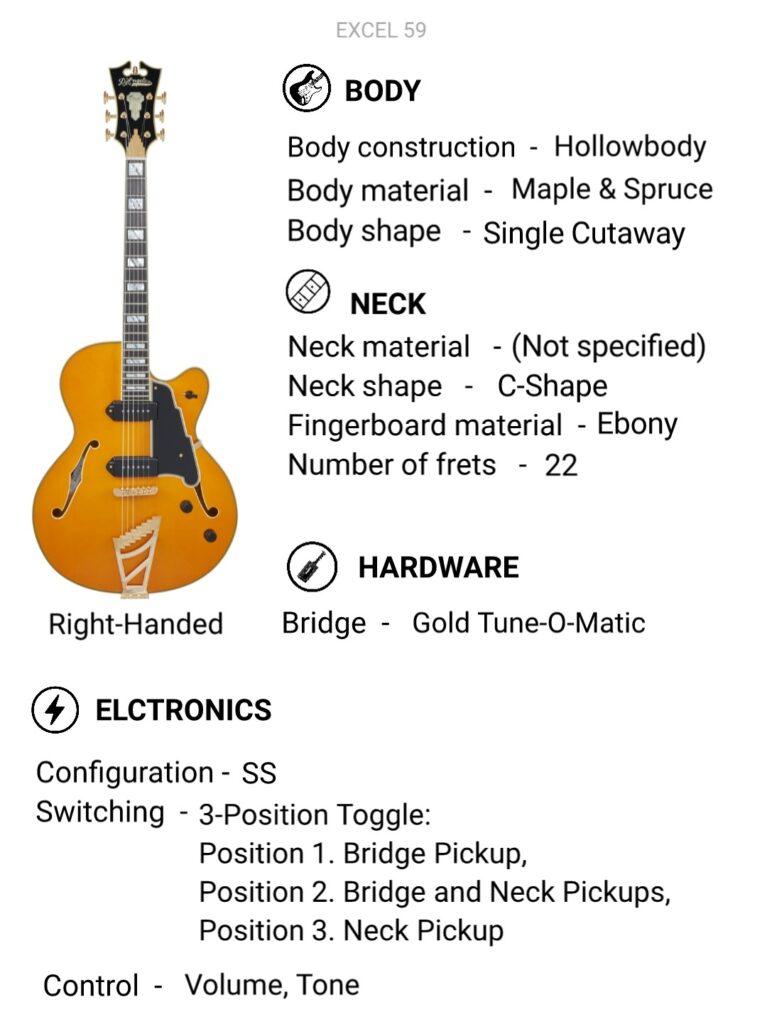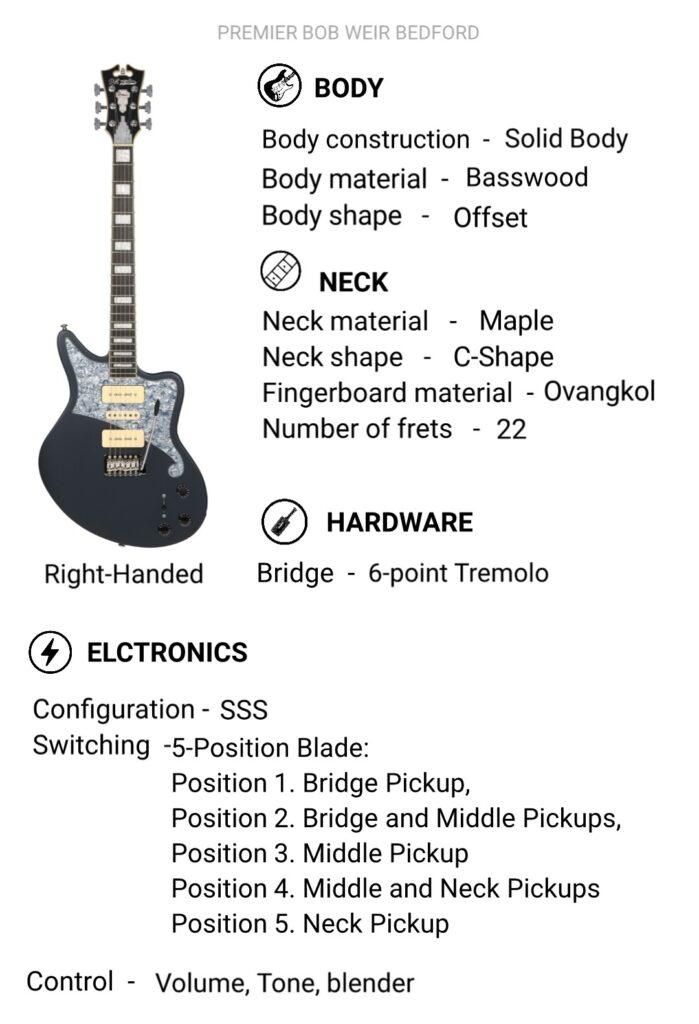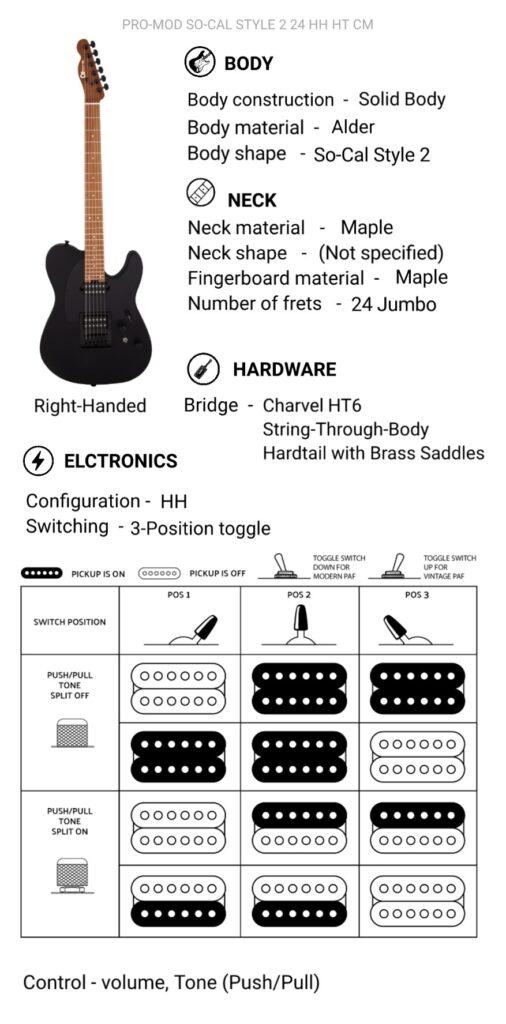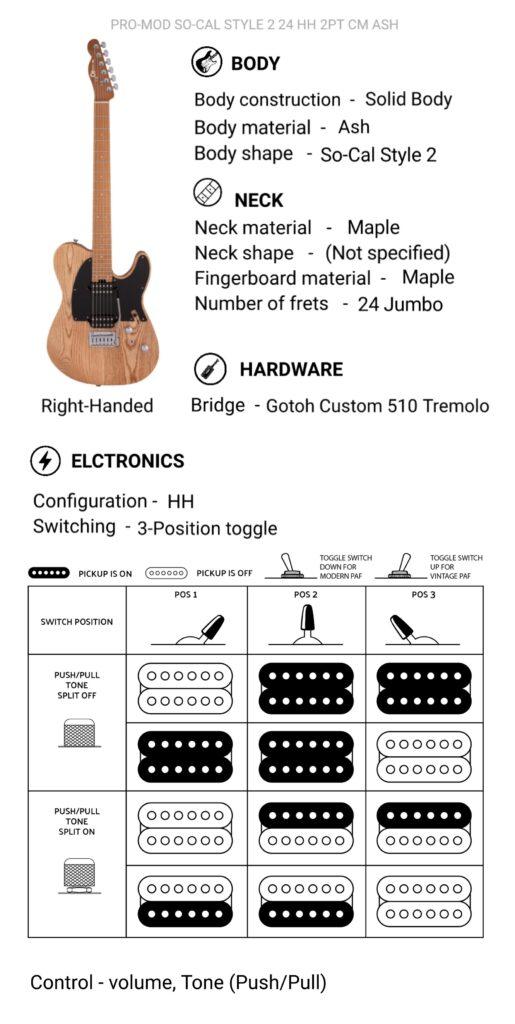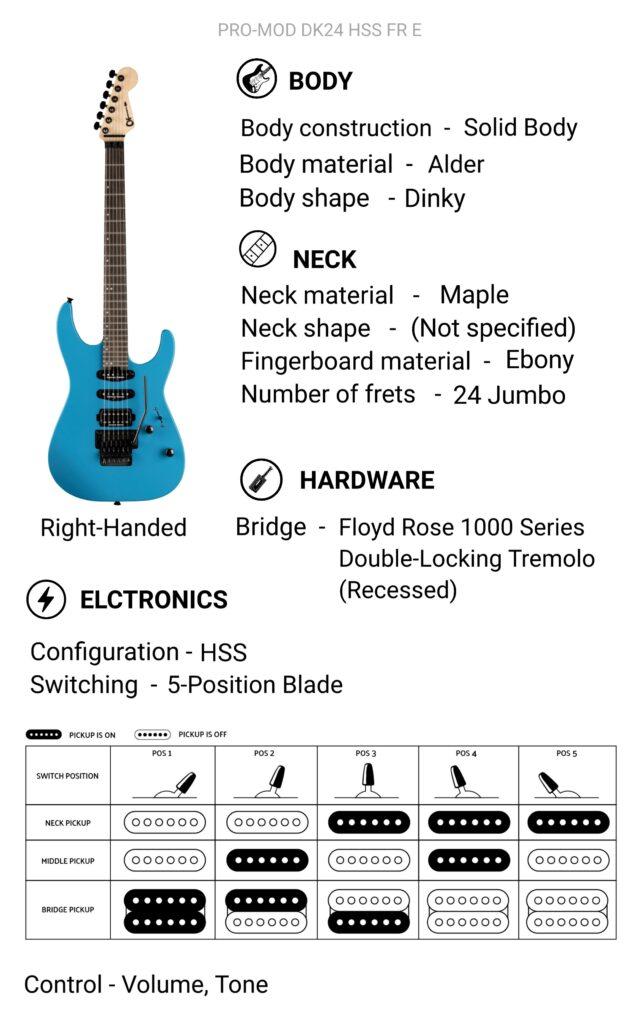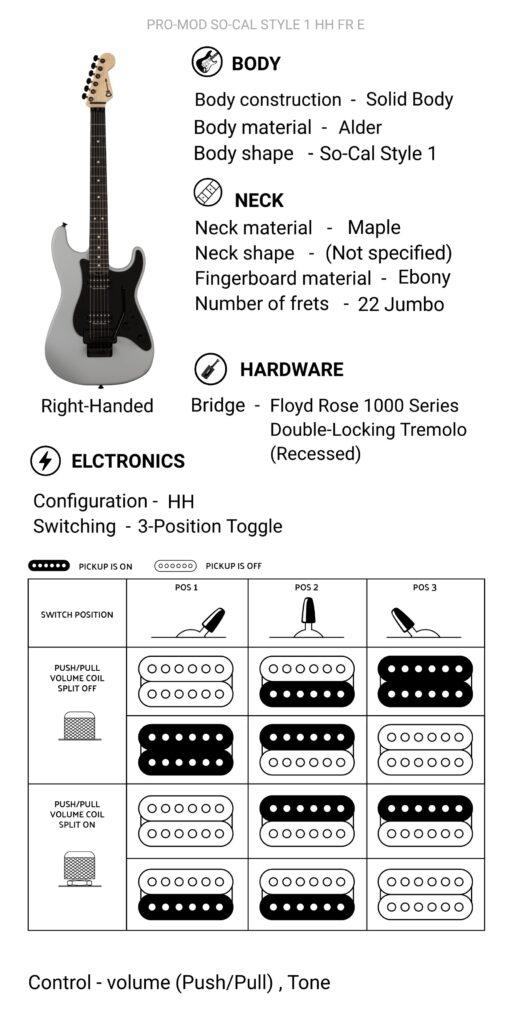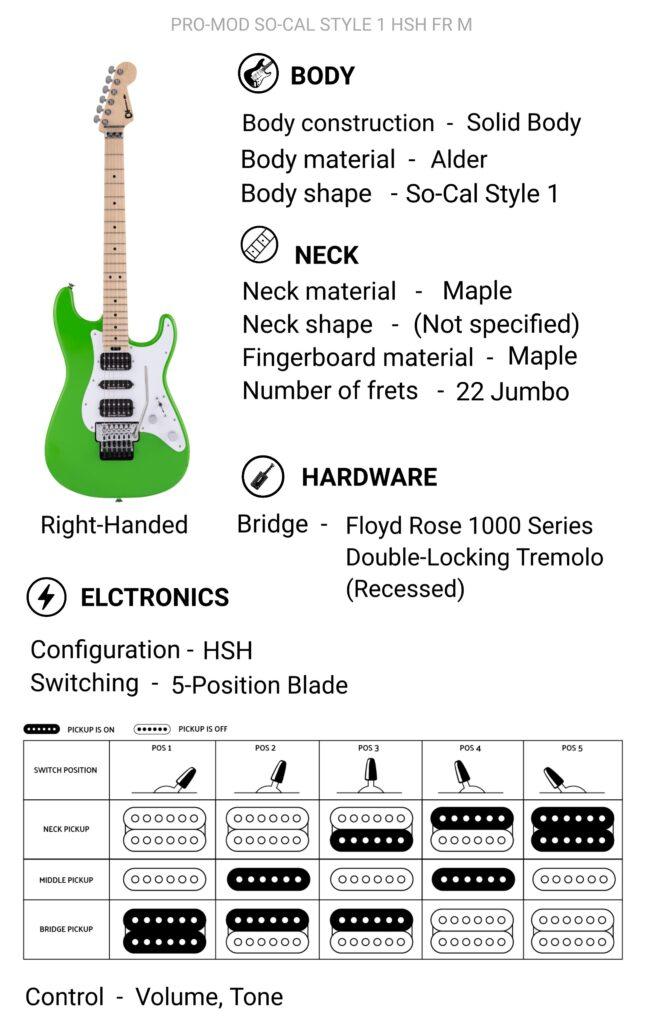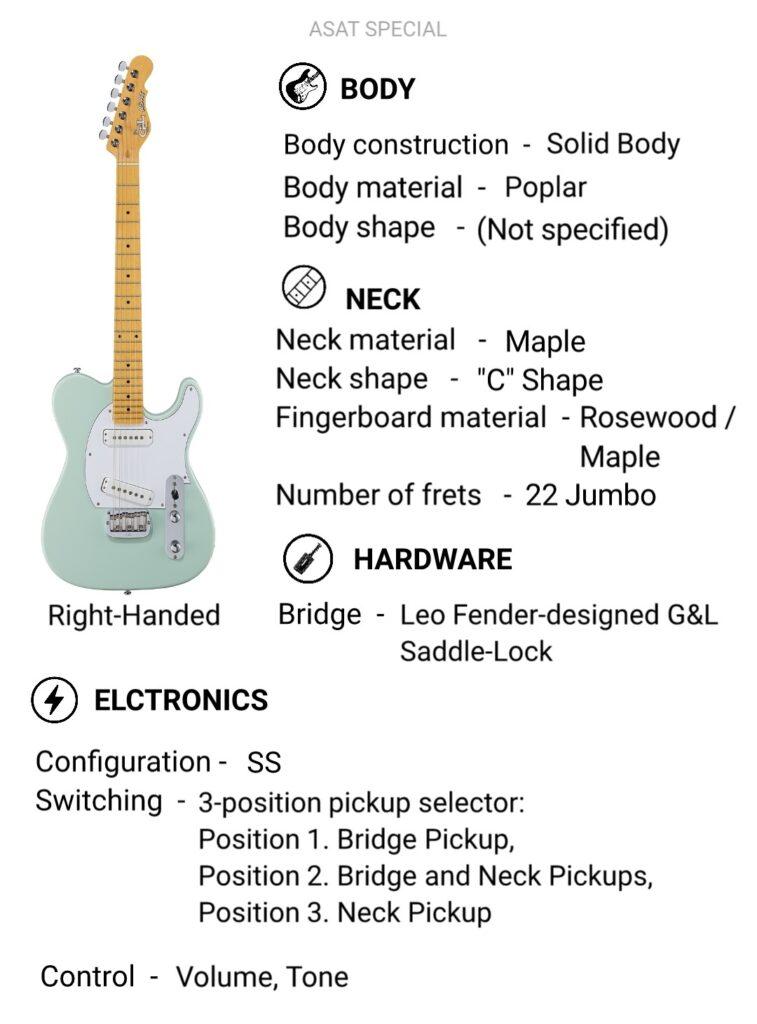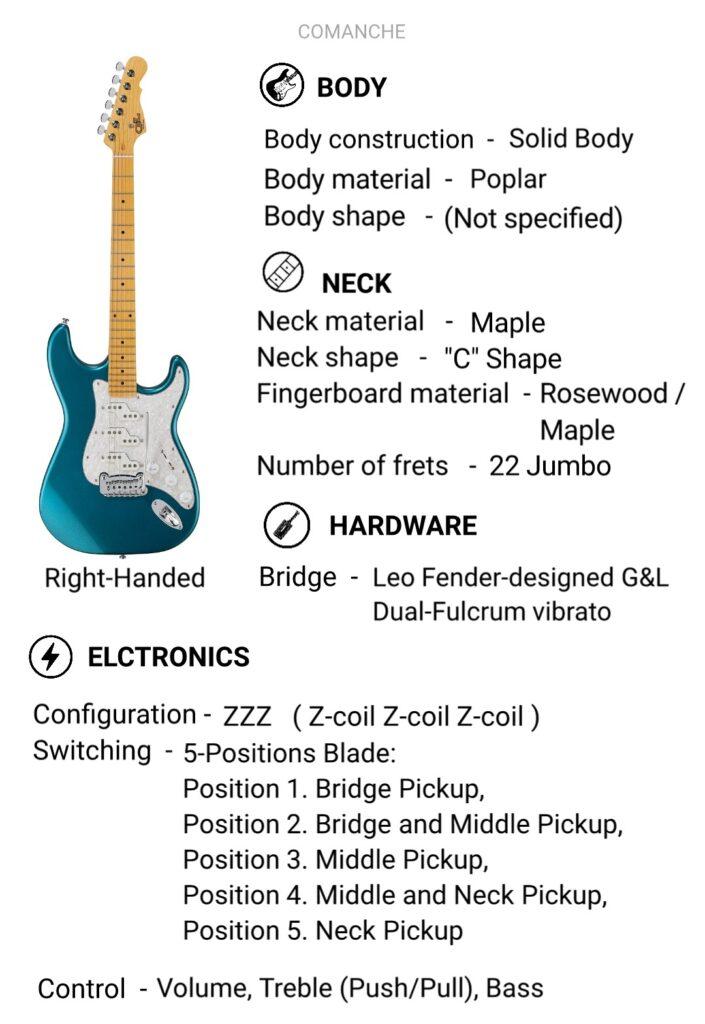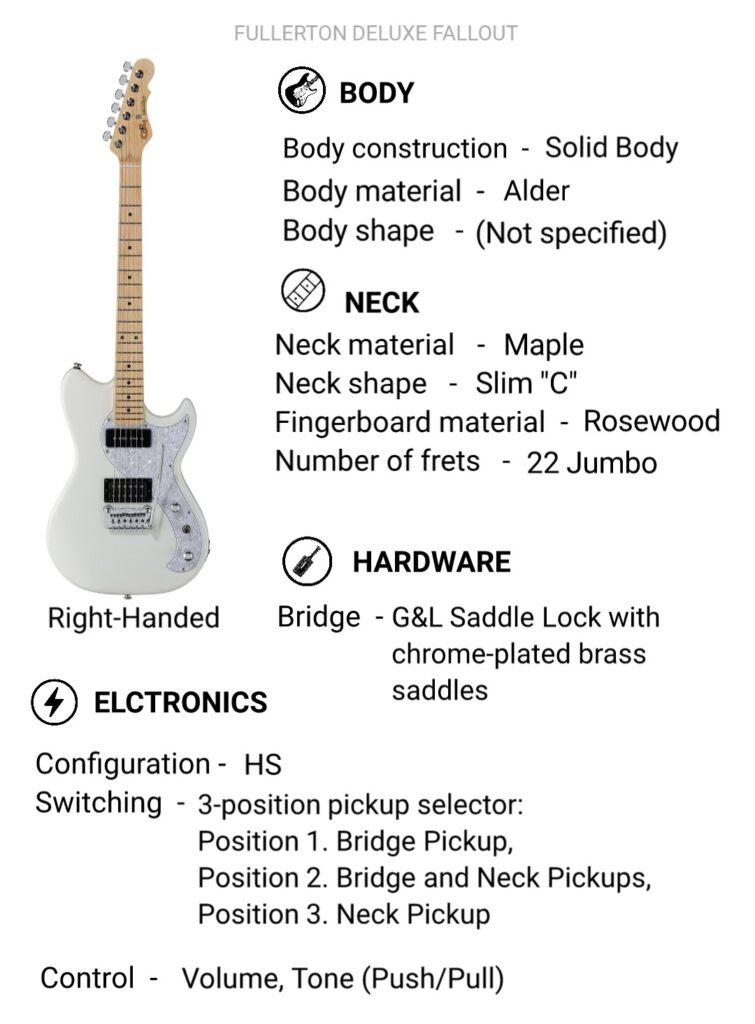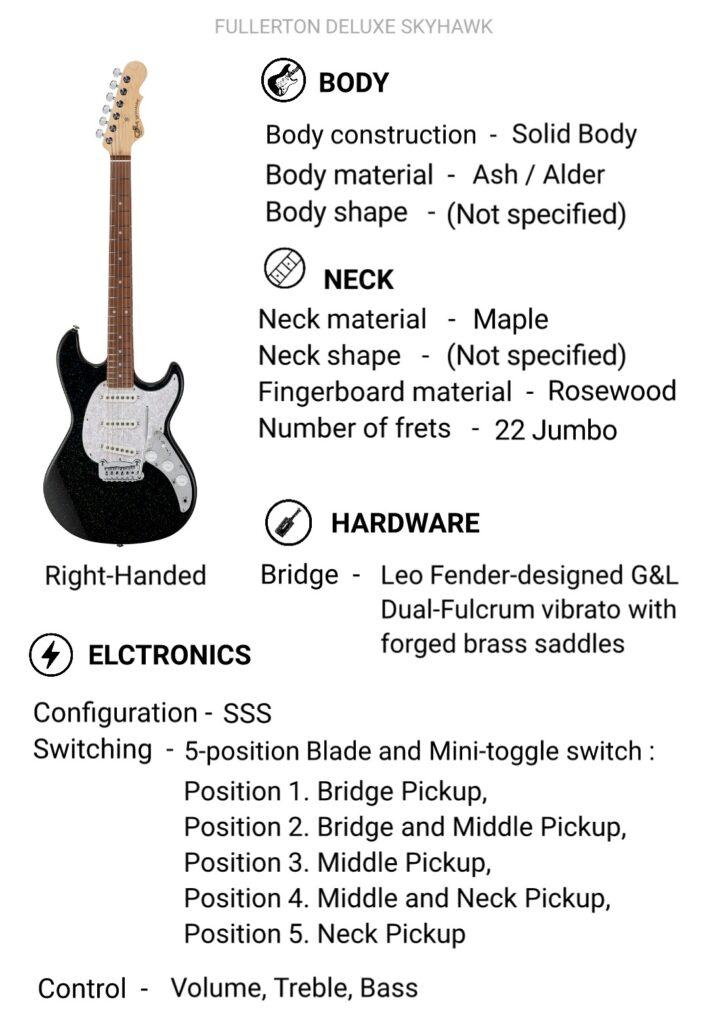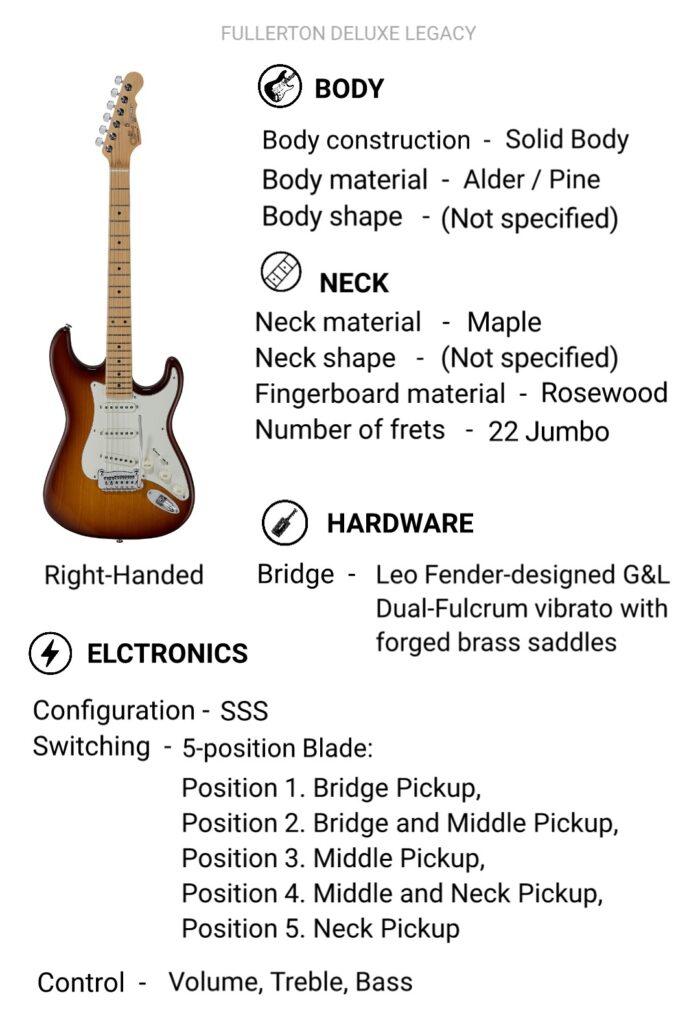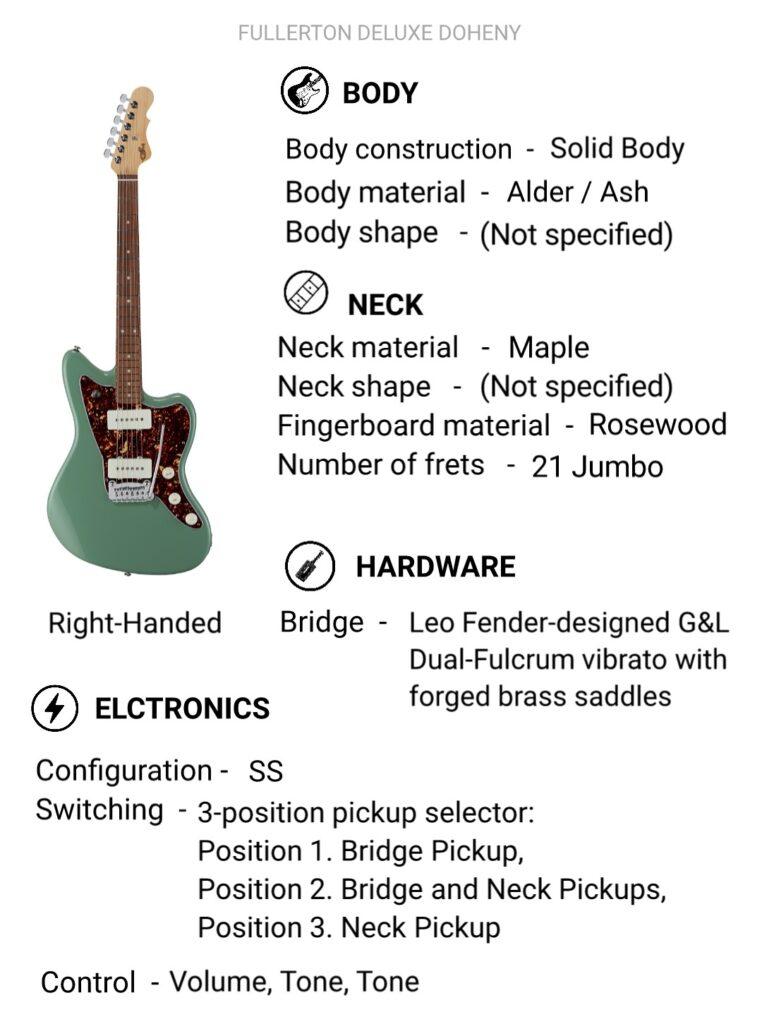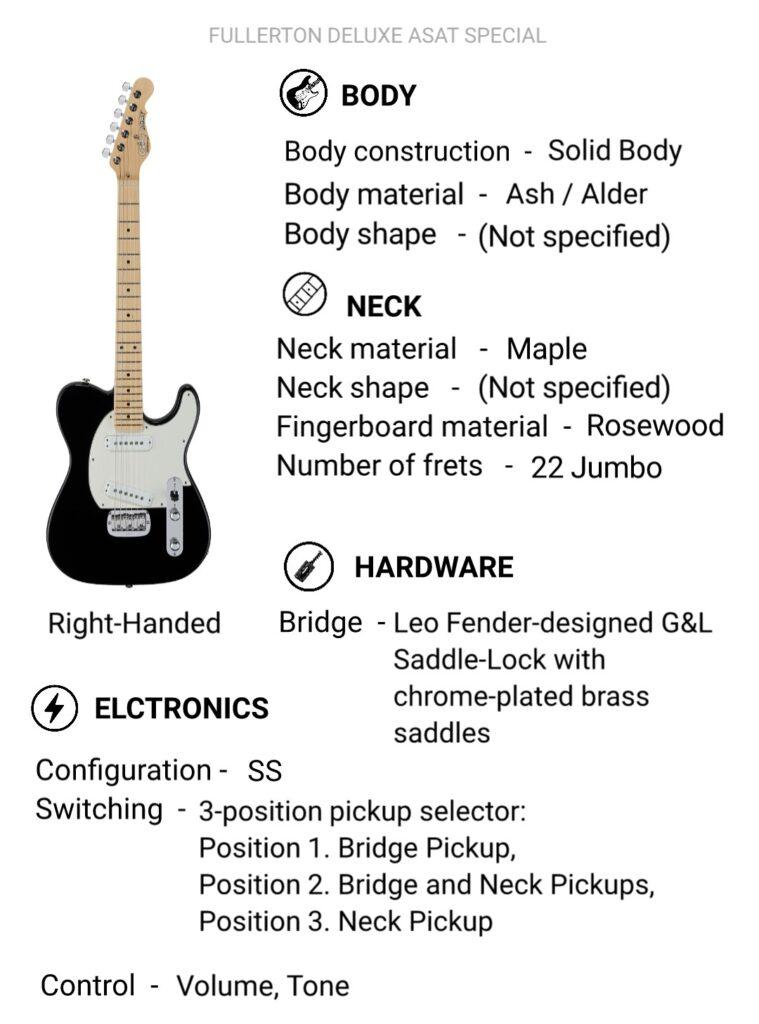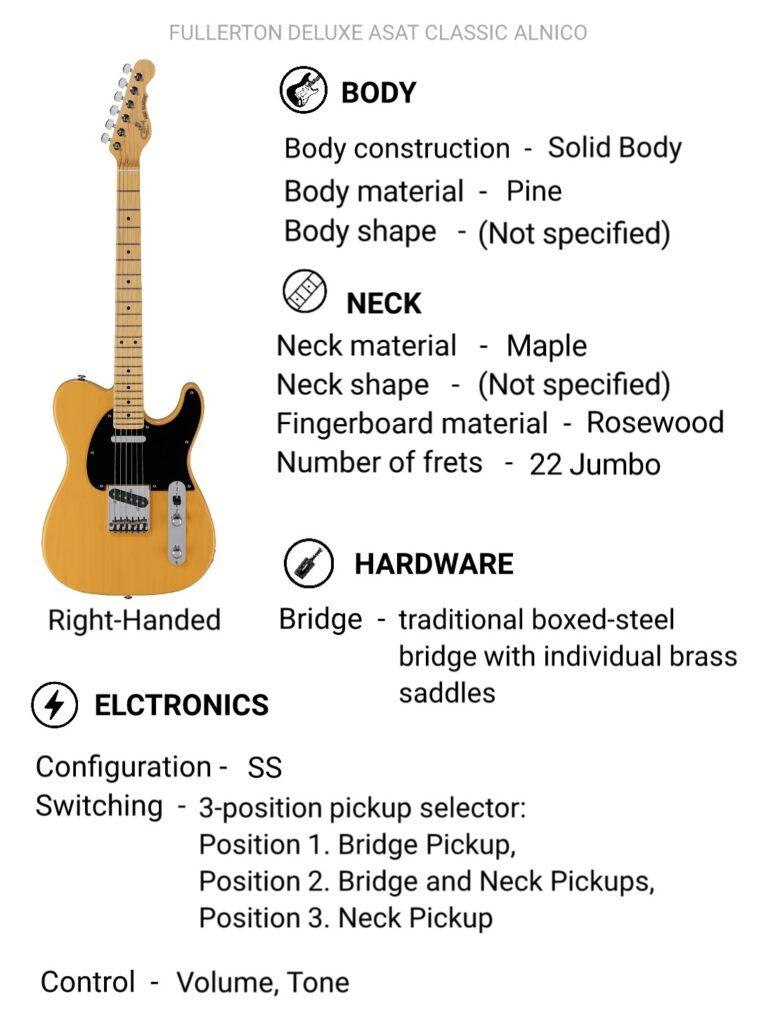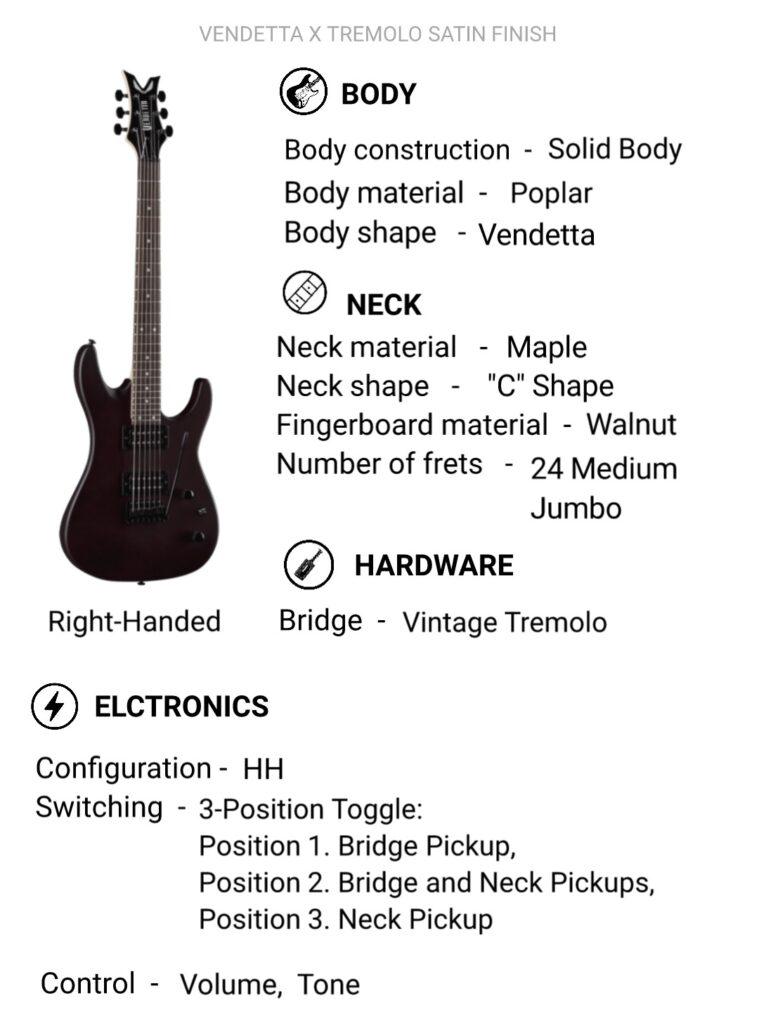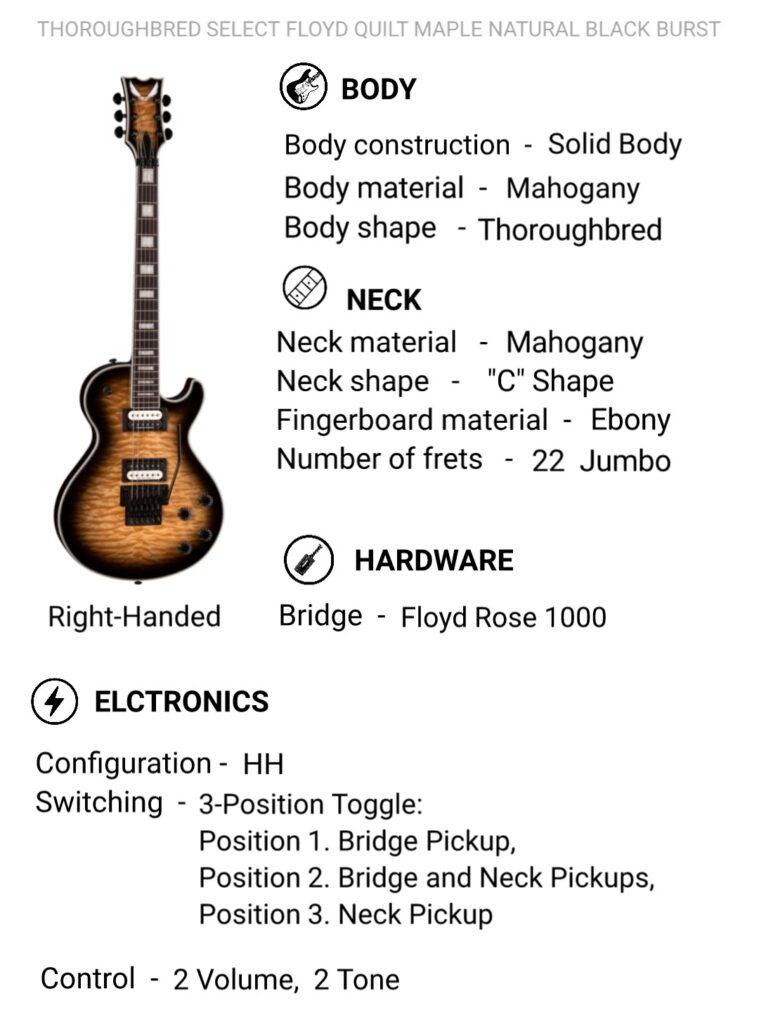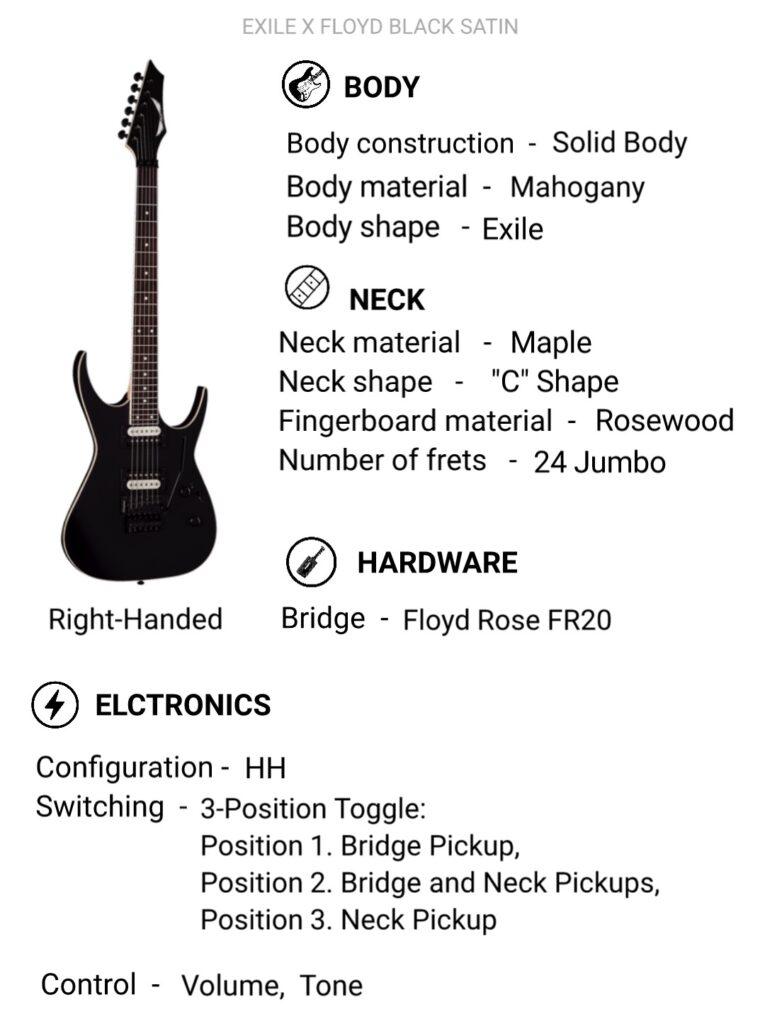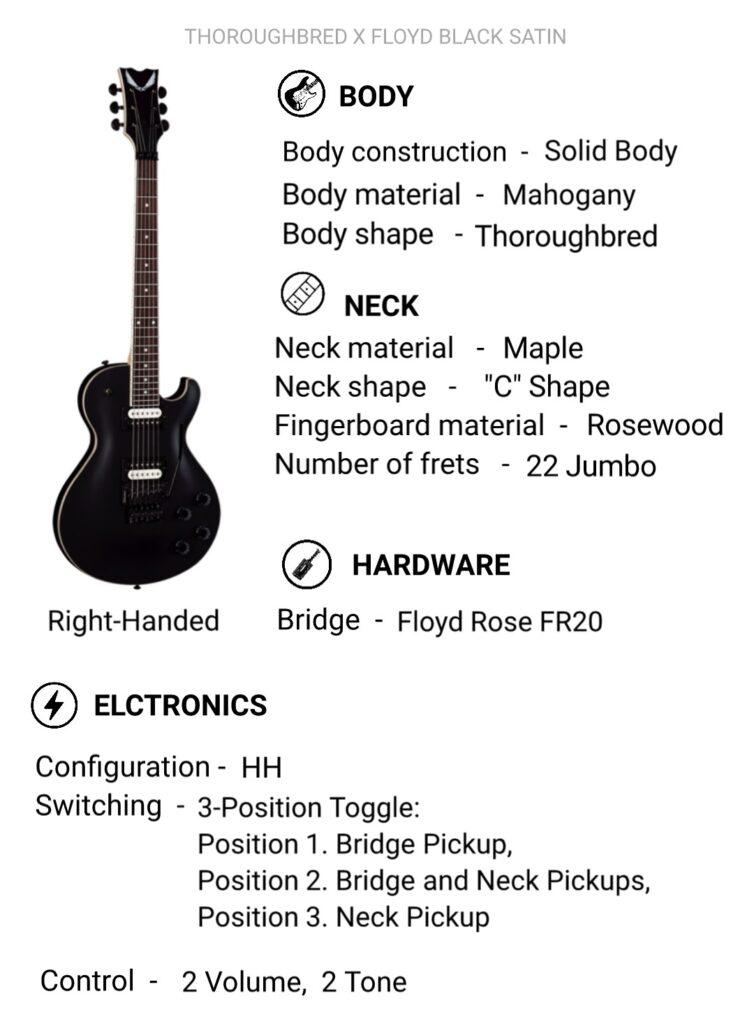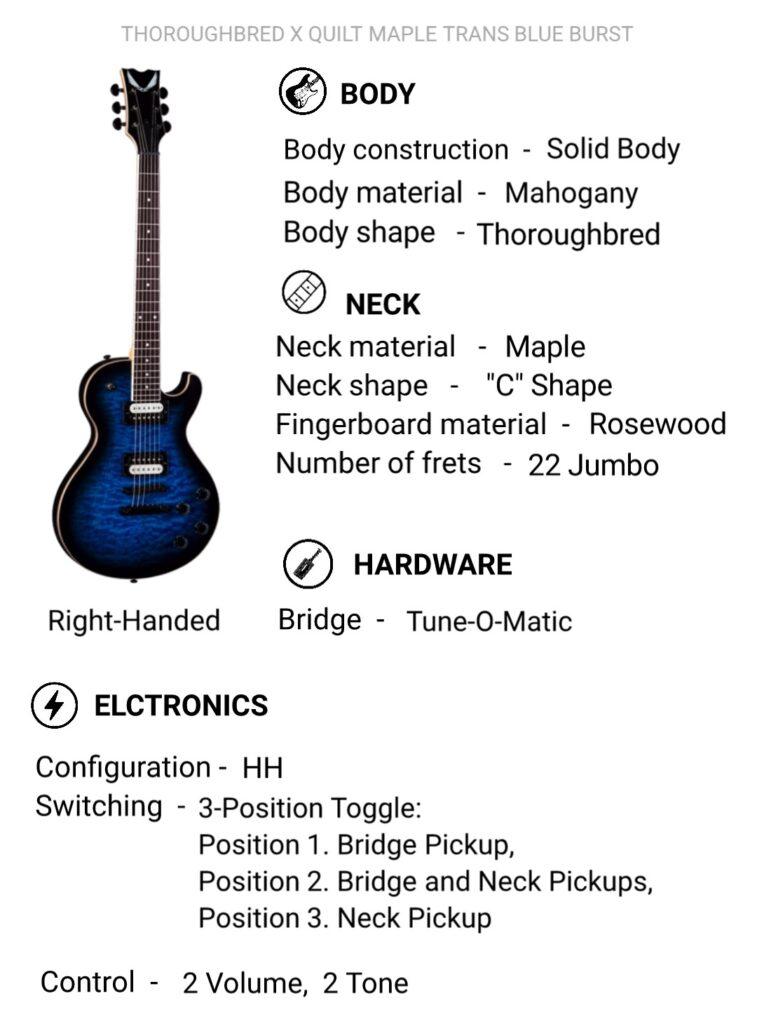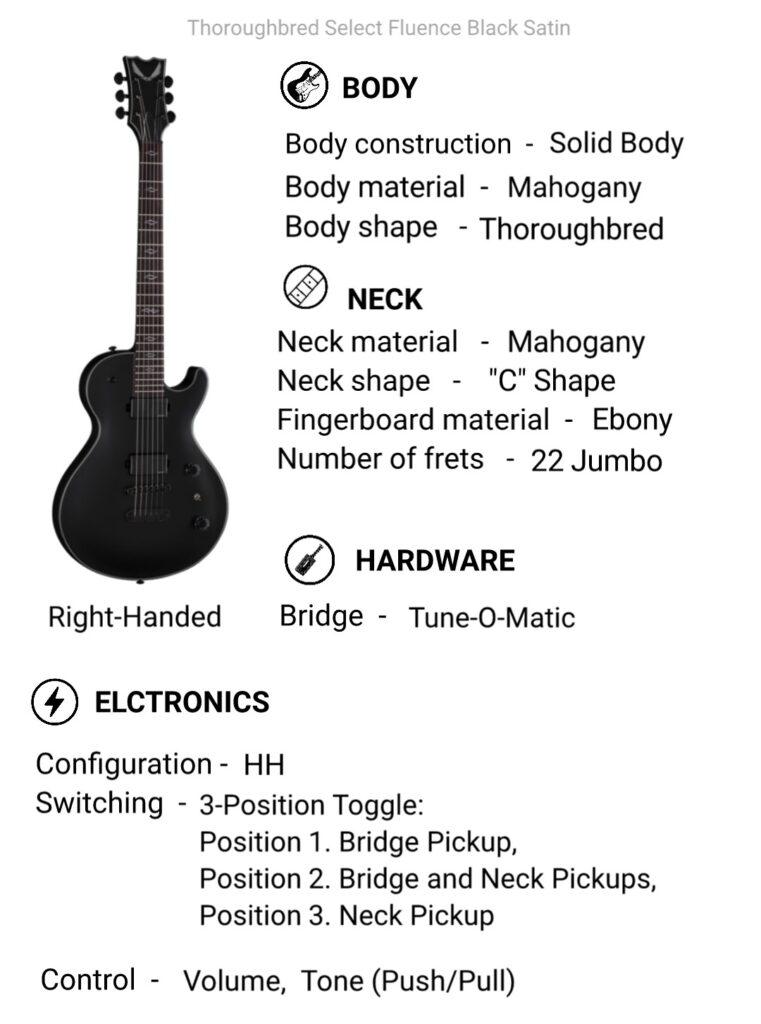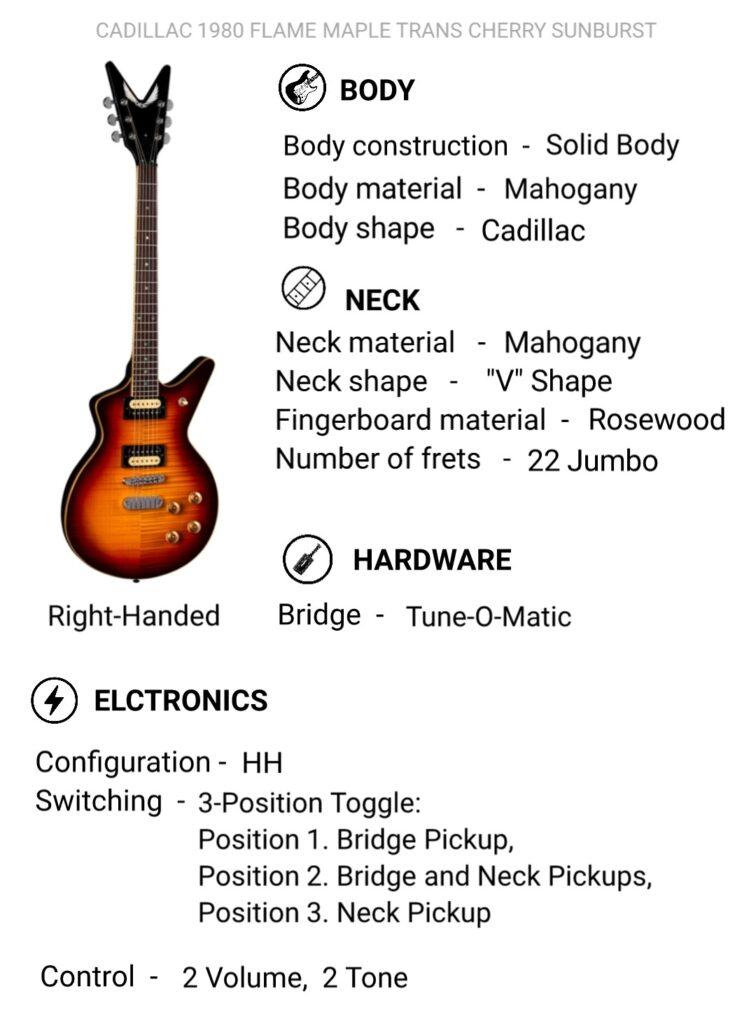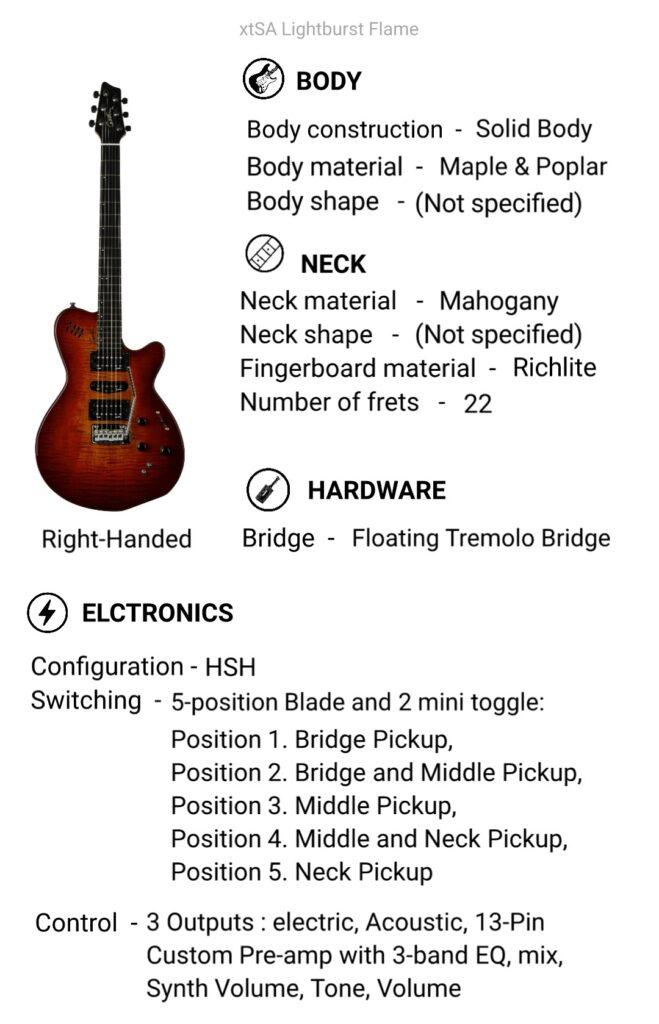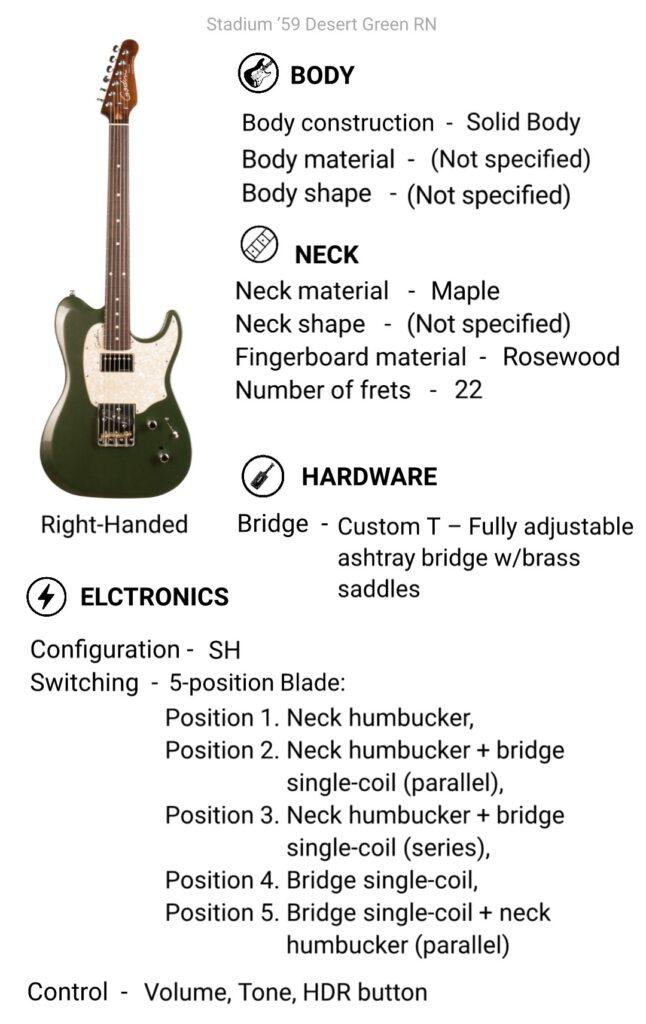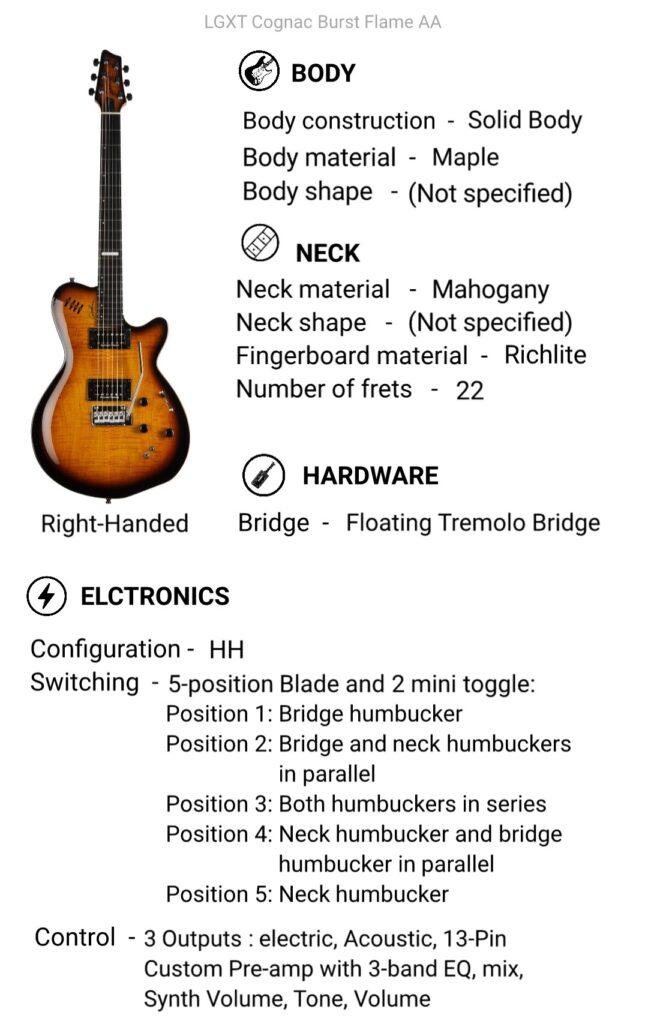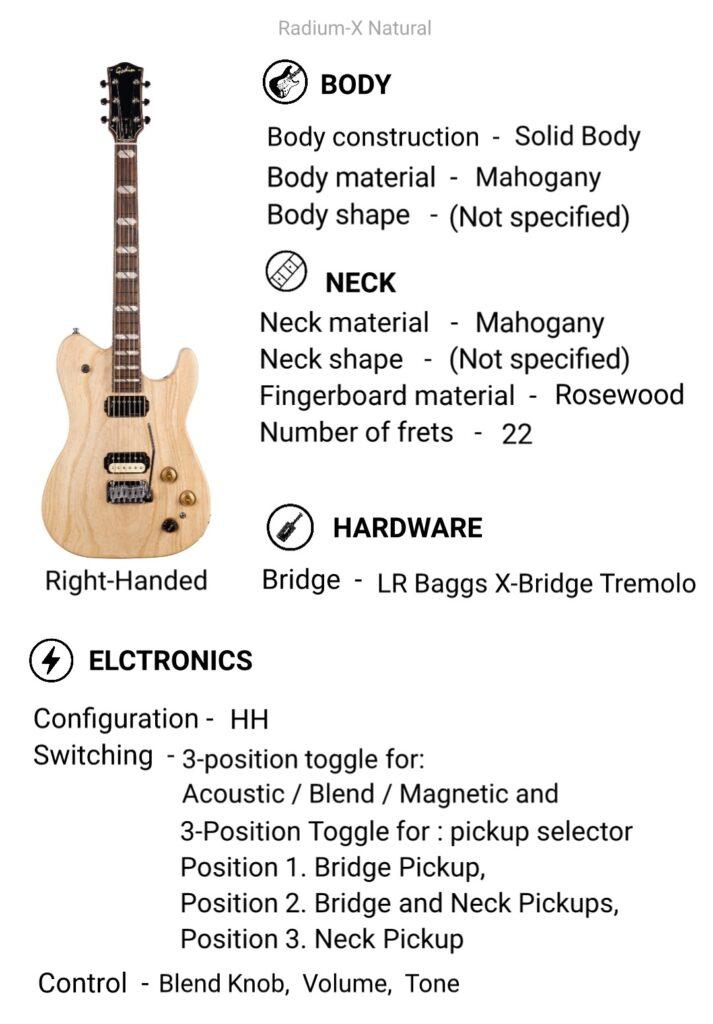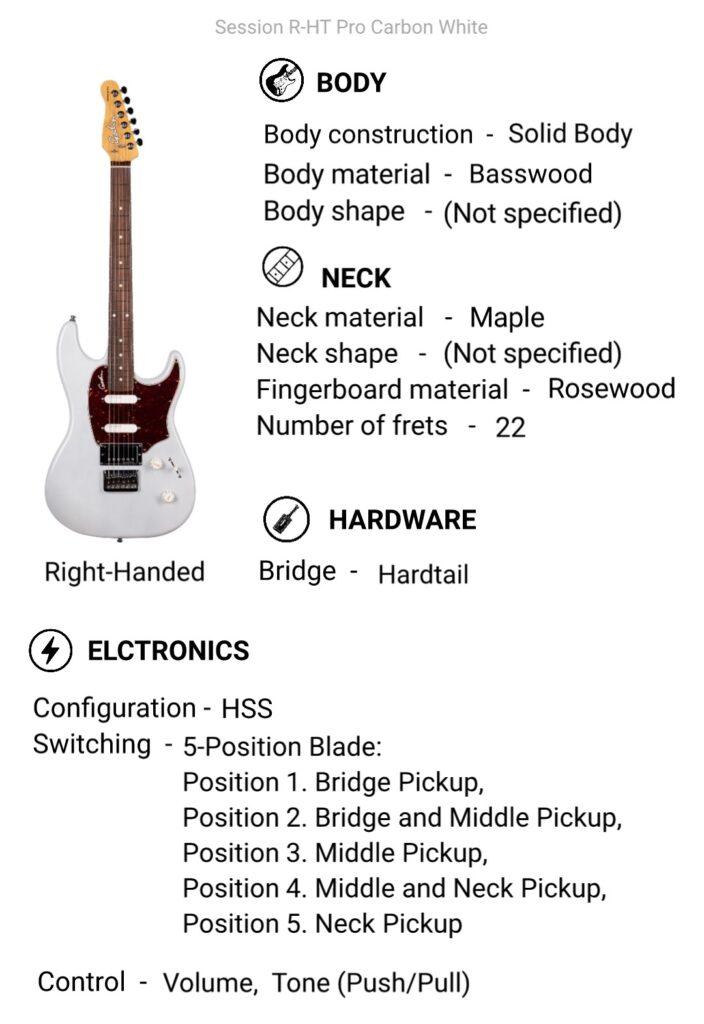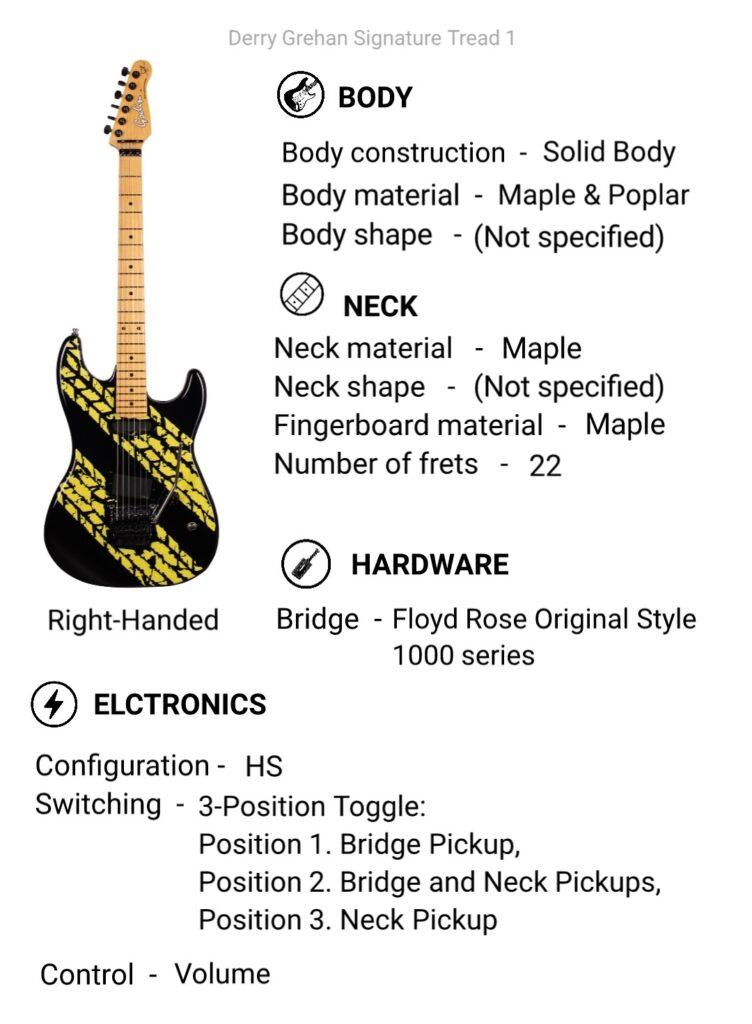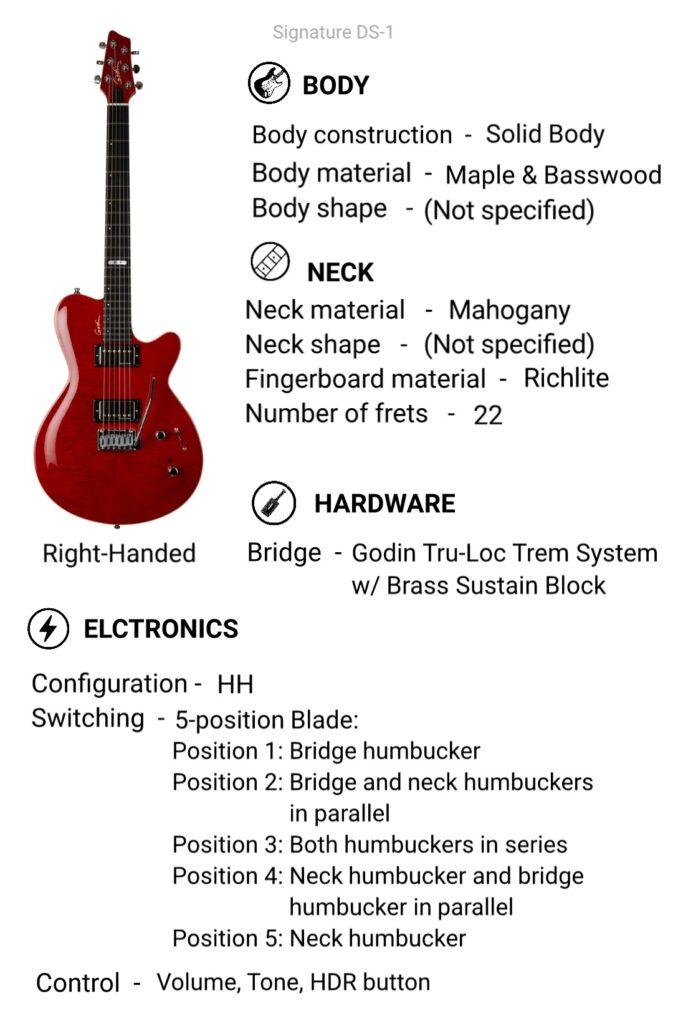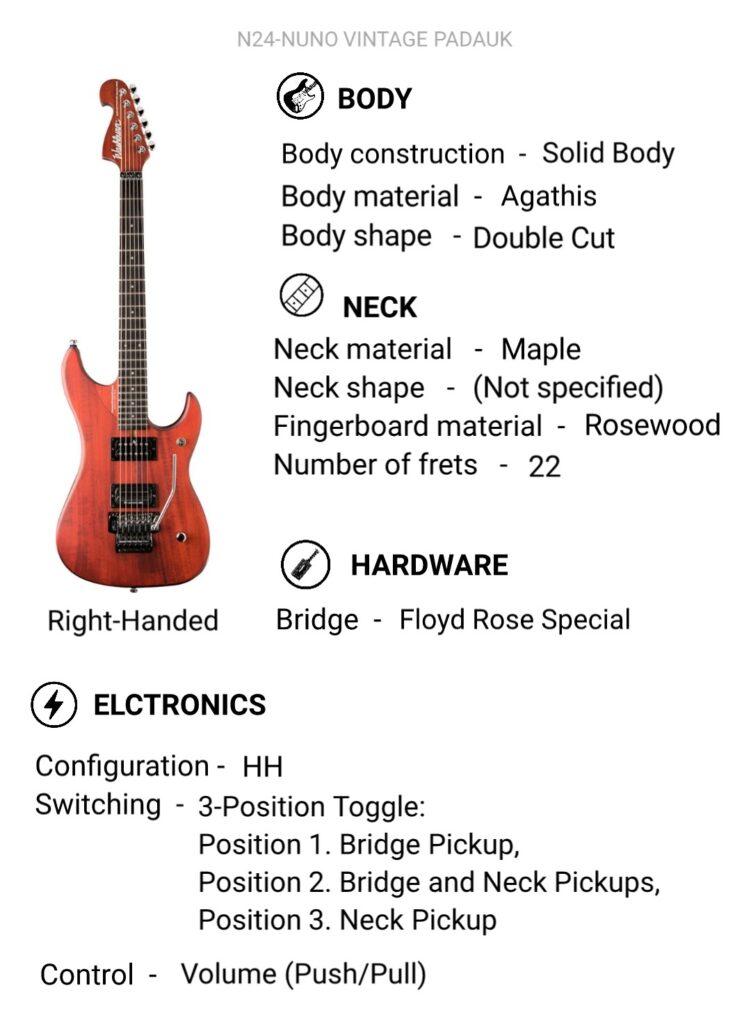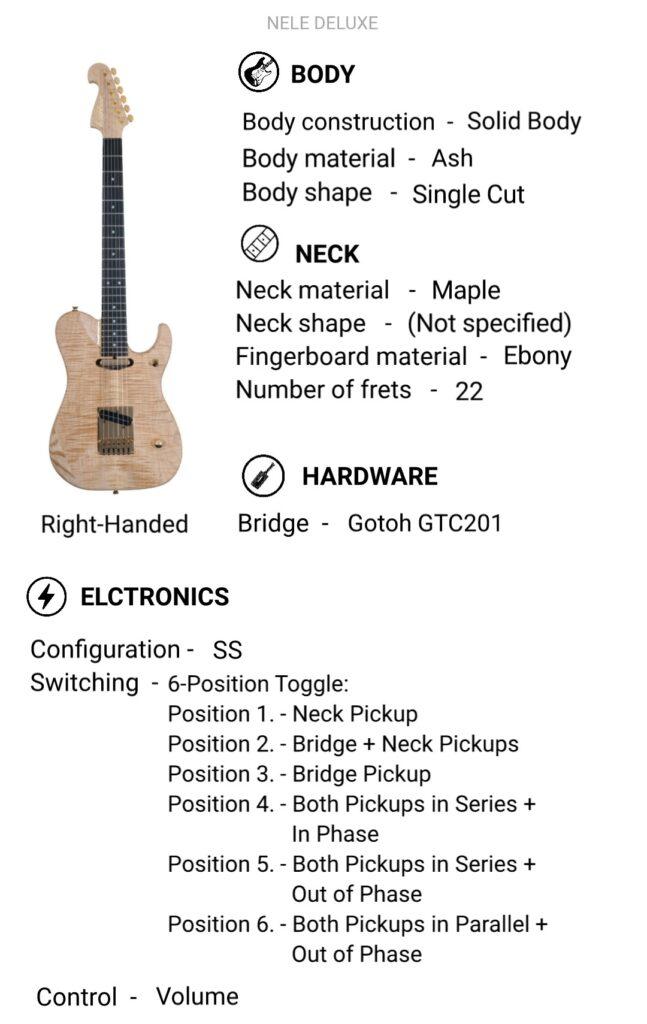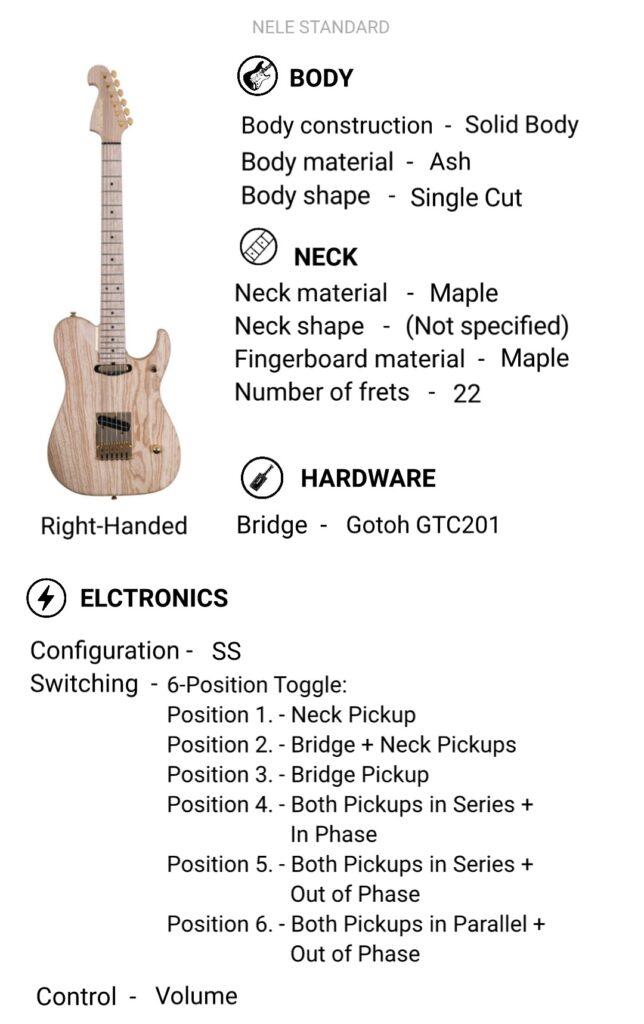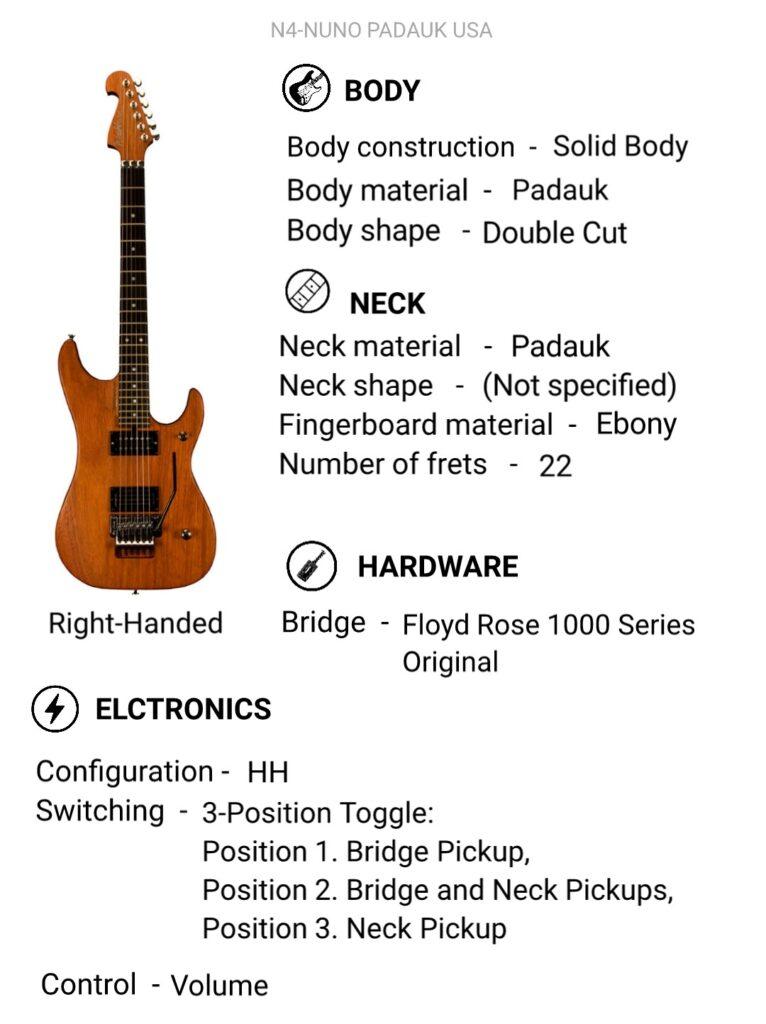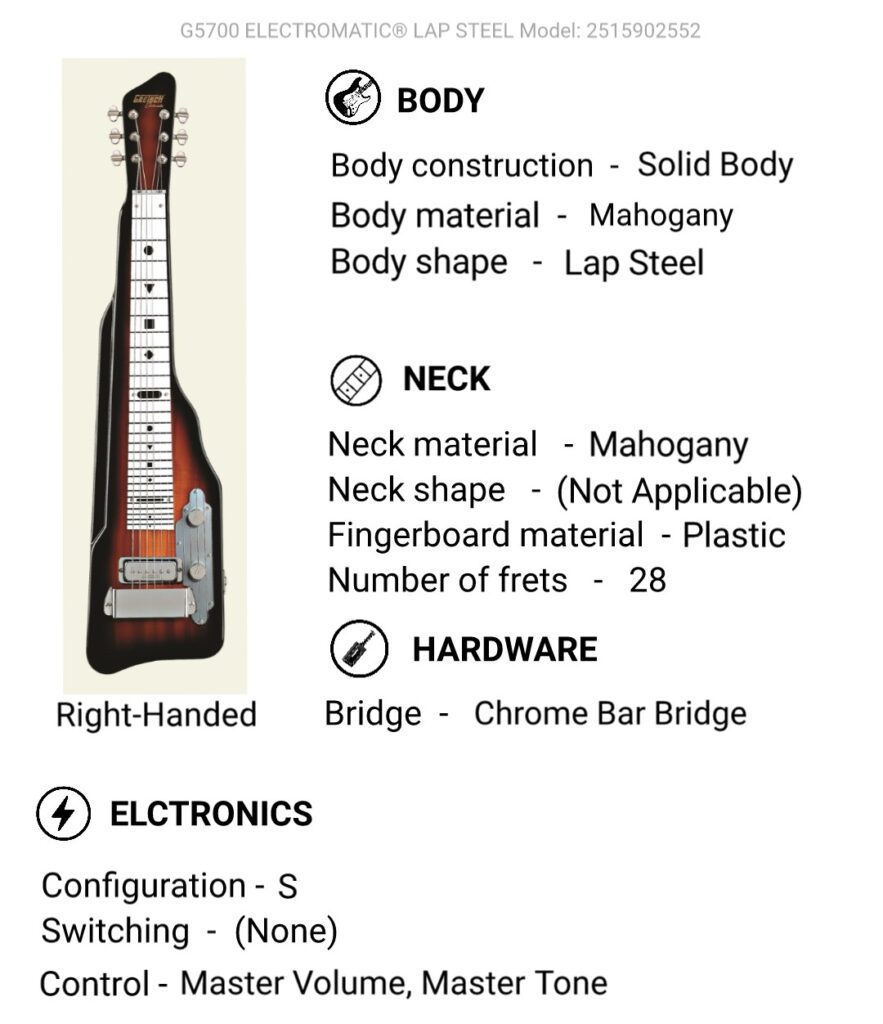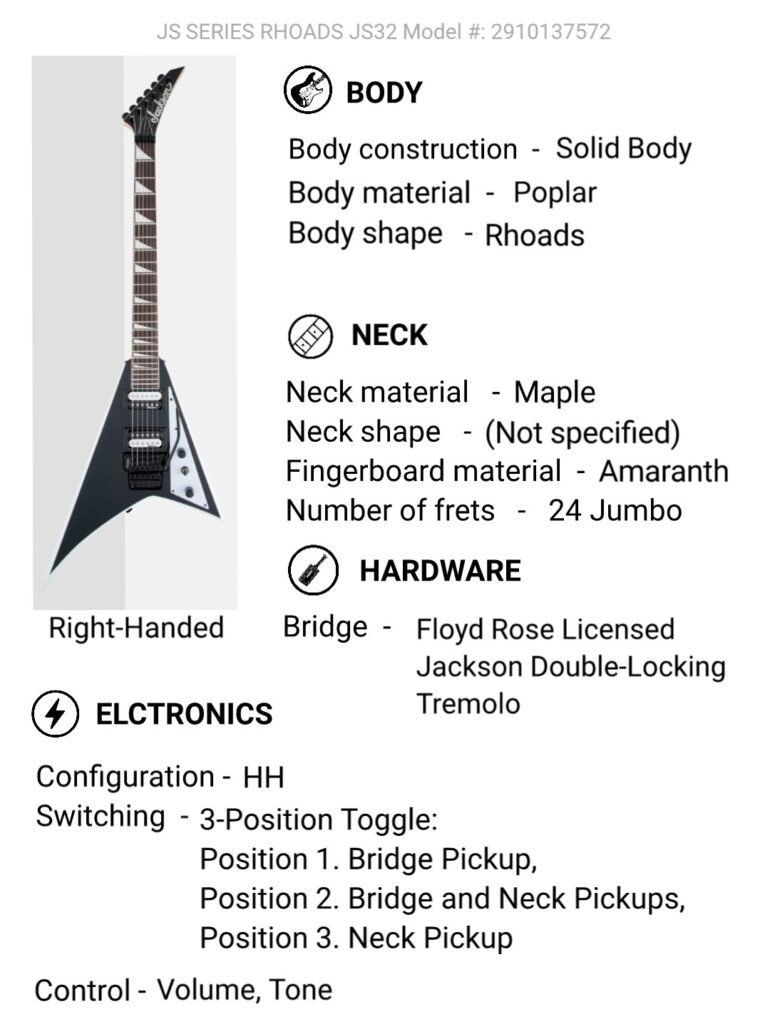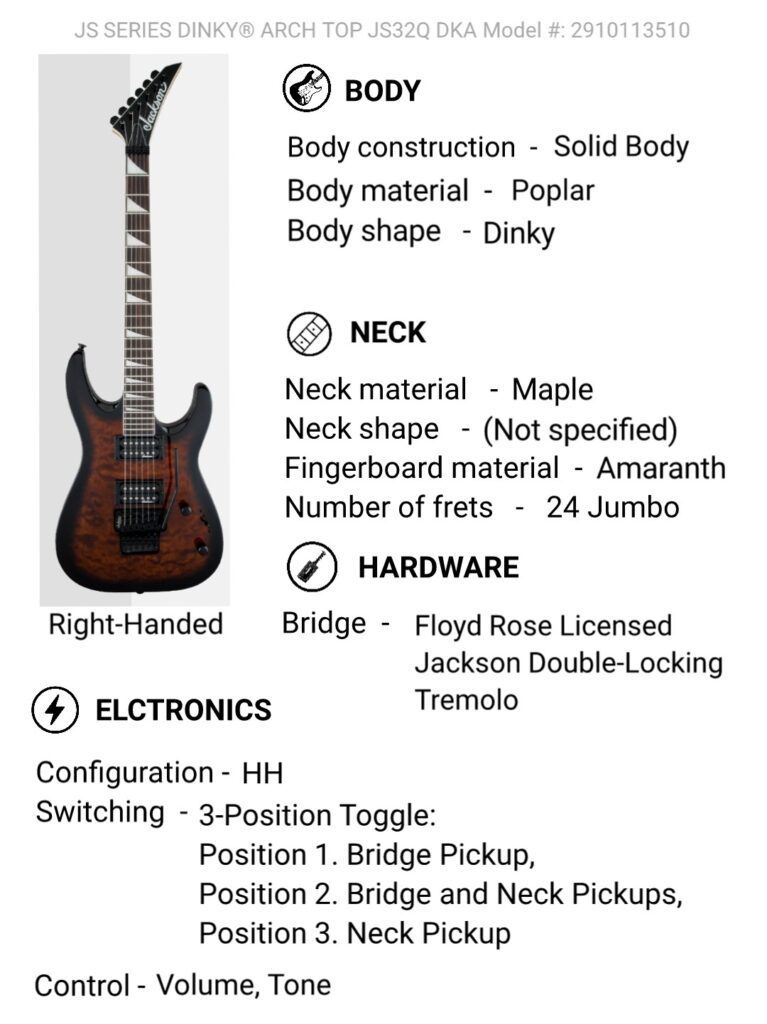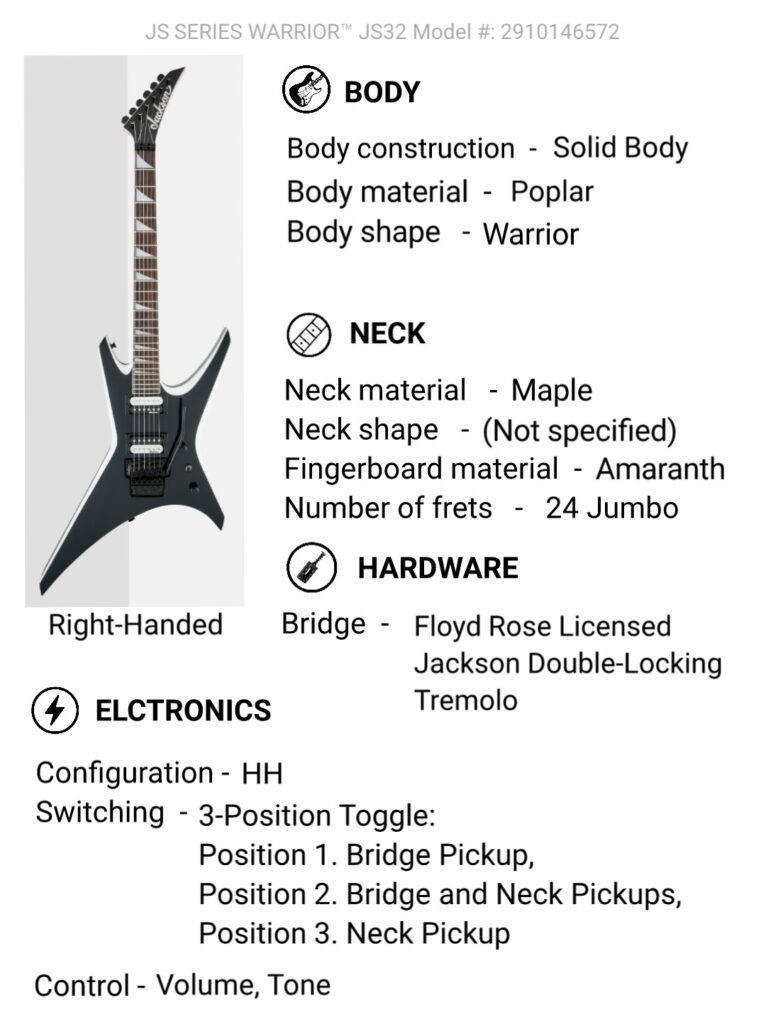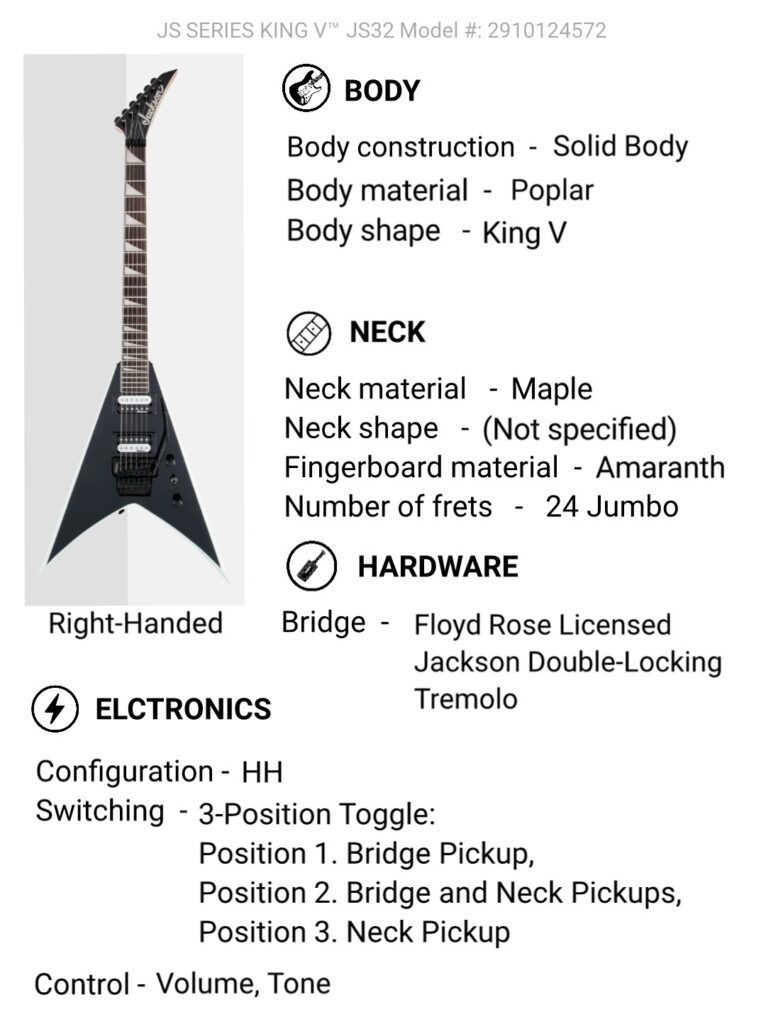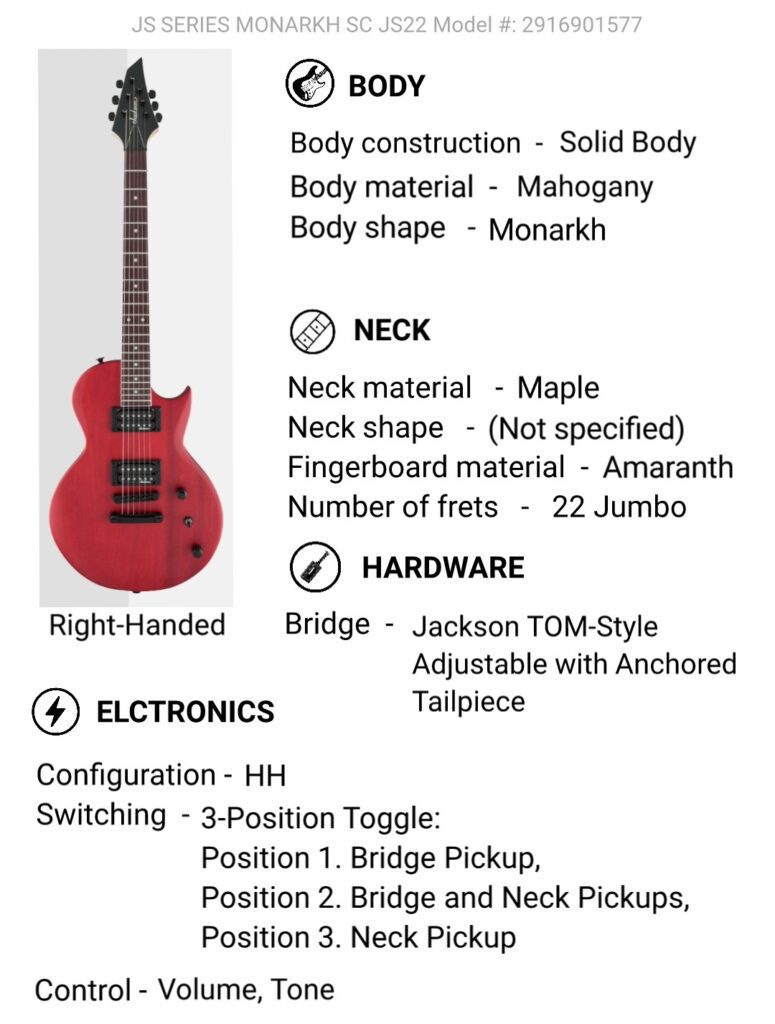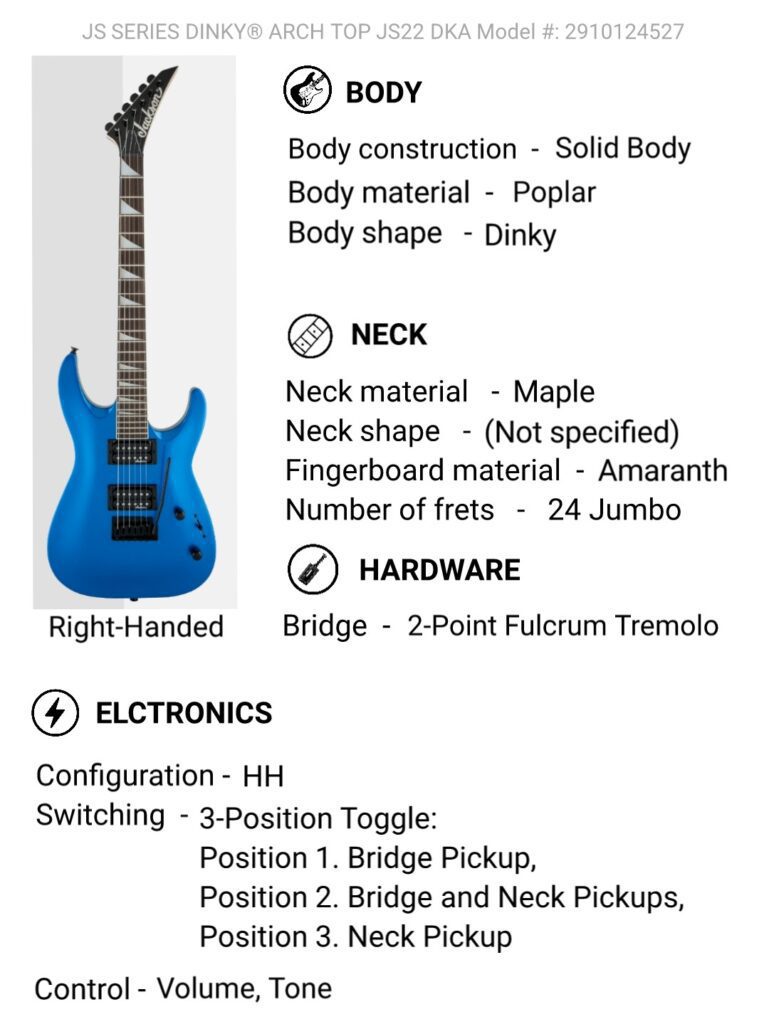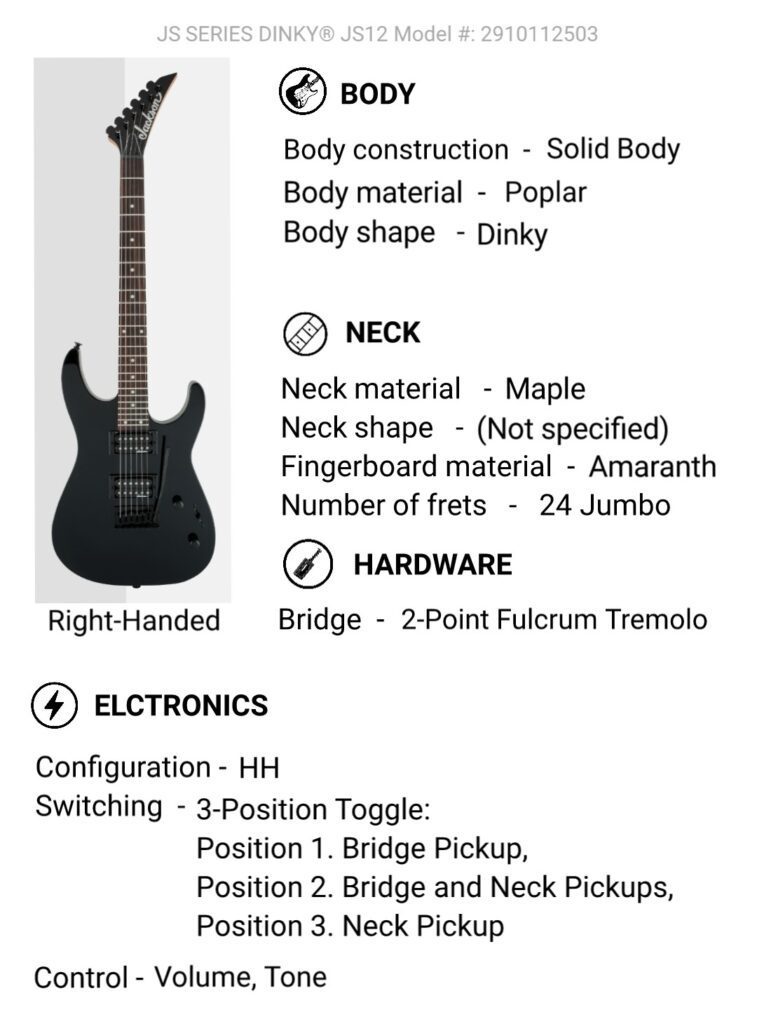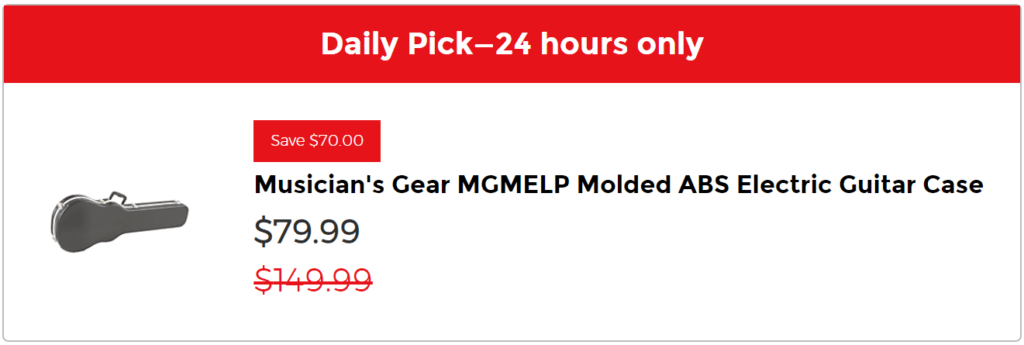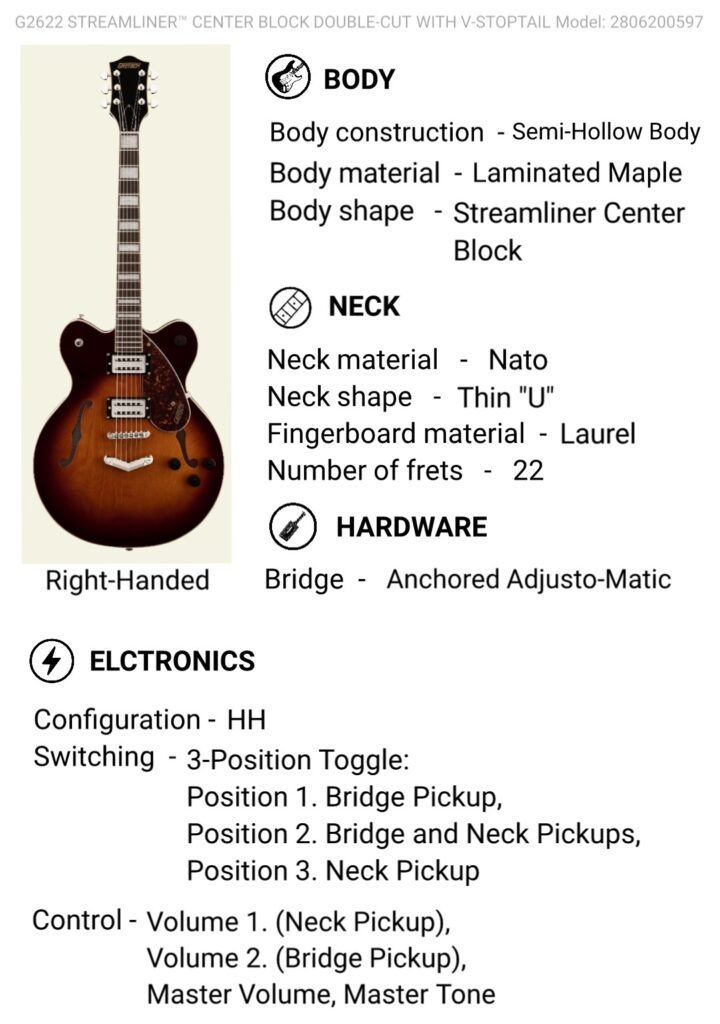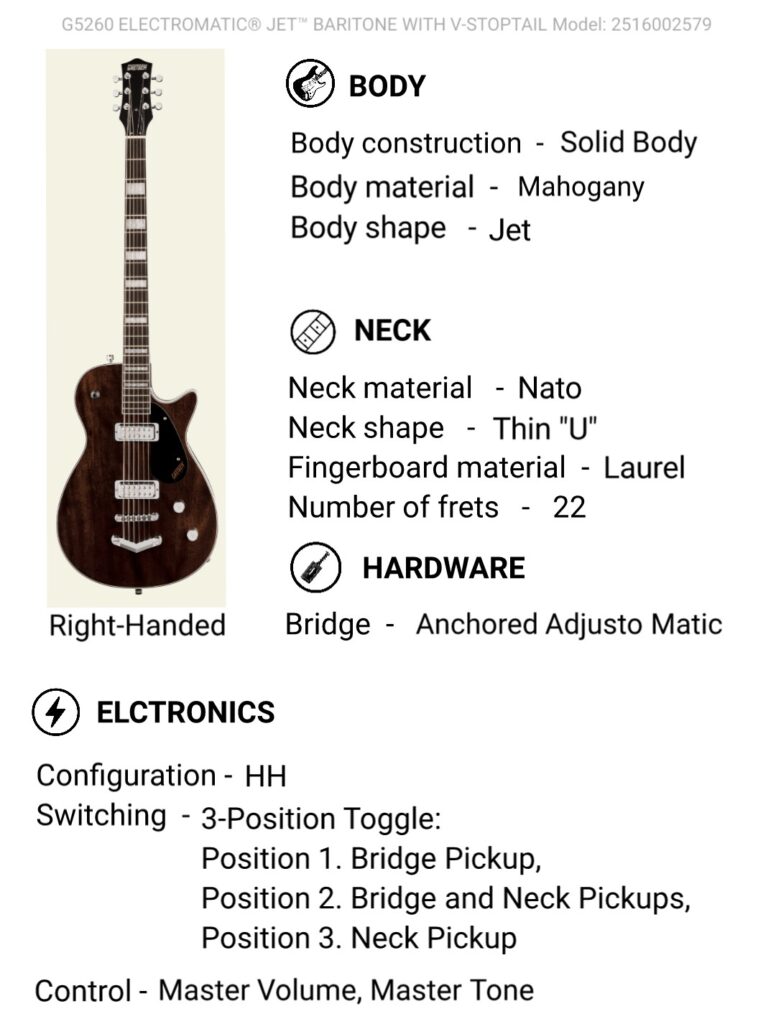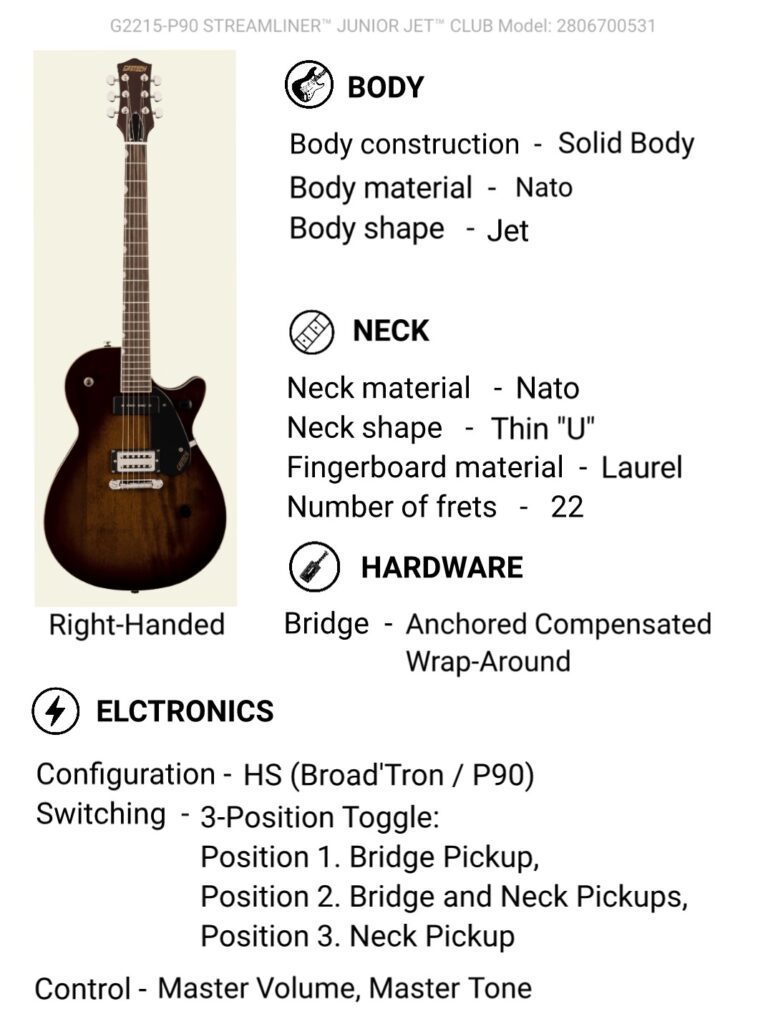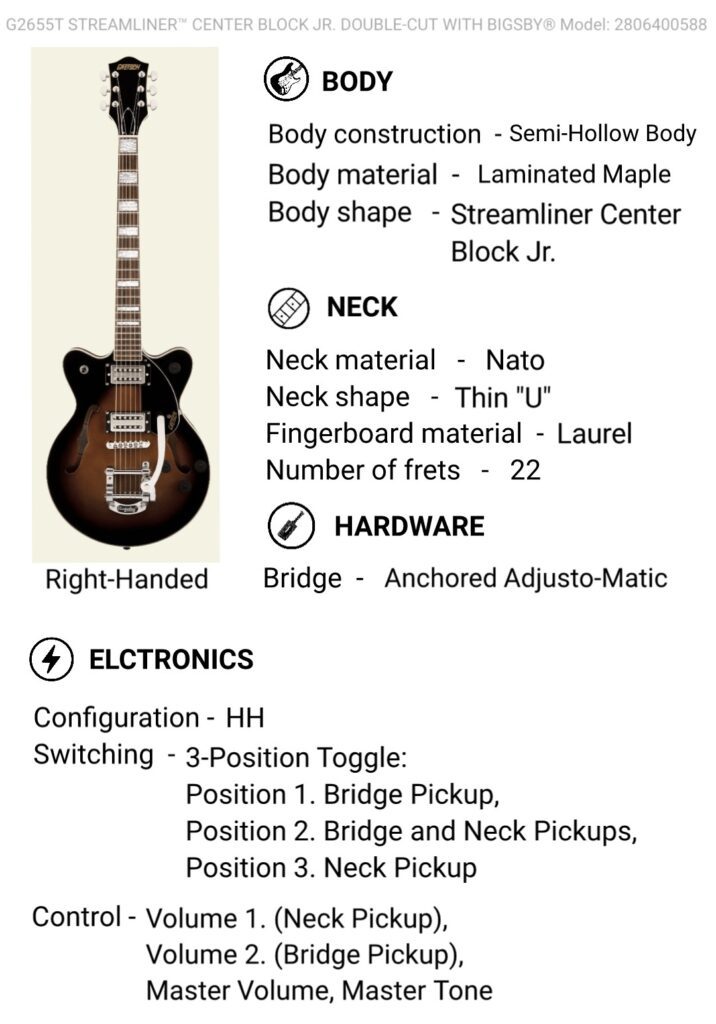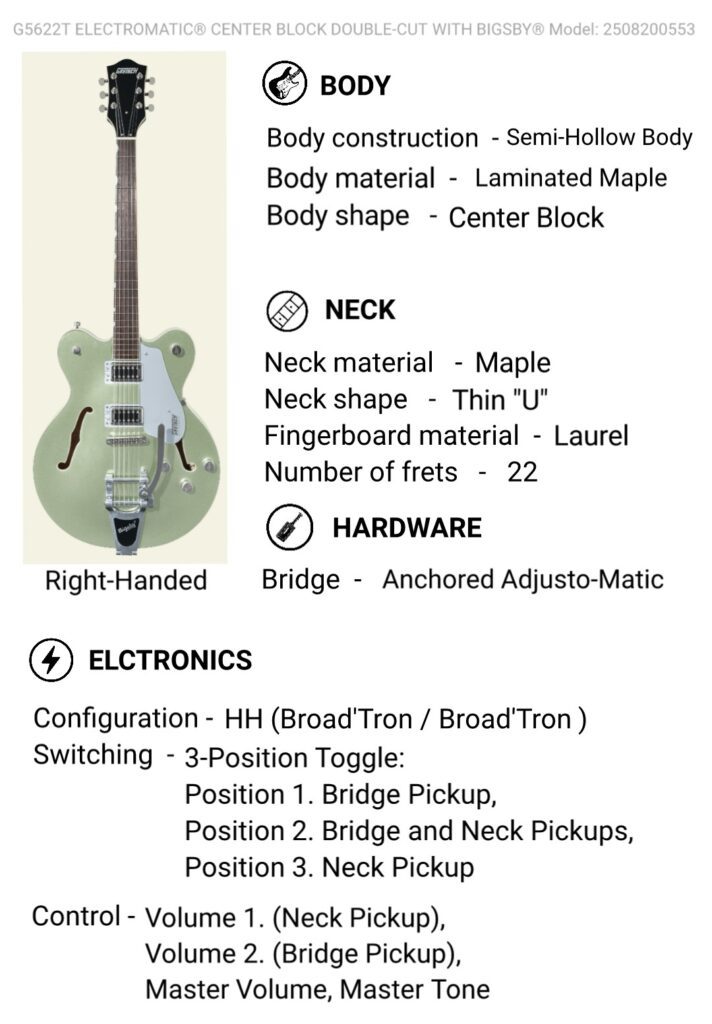list of all ESP electric guitars with prices, specifications and features from difference online
stores at infinicisum.net
ESP EC-1000 Duncan
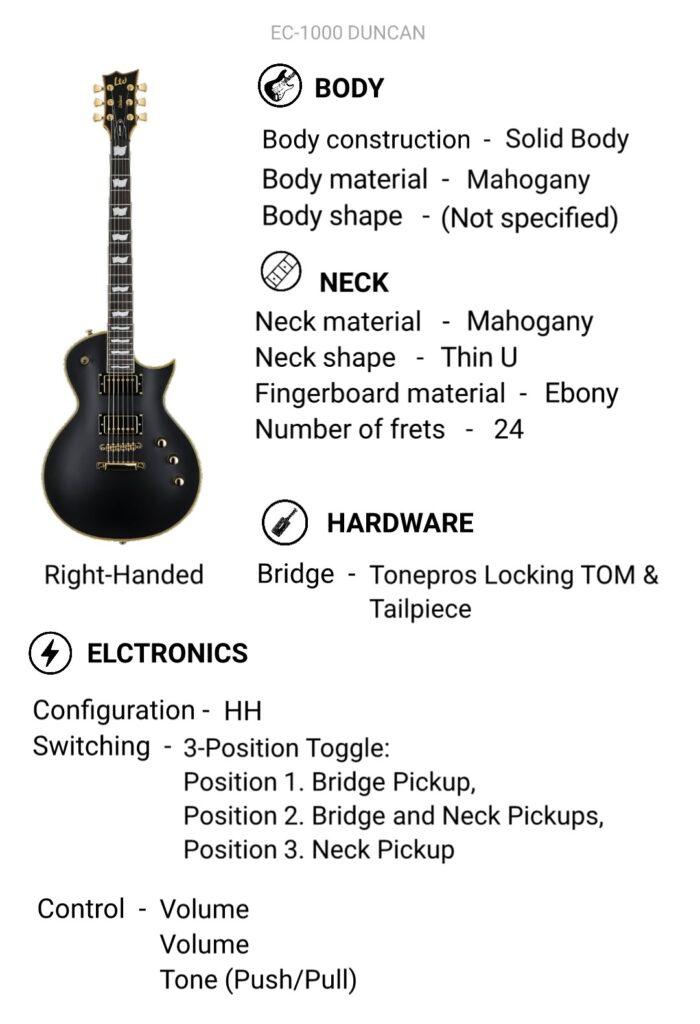
ESP LTD Iron Cross
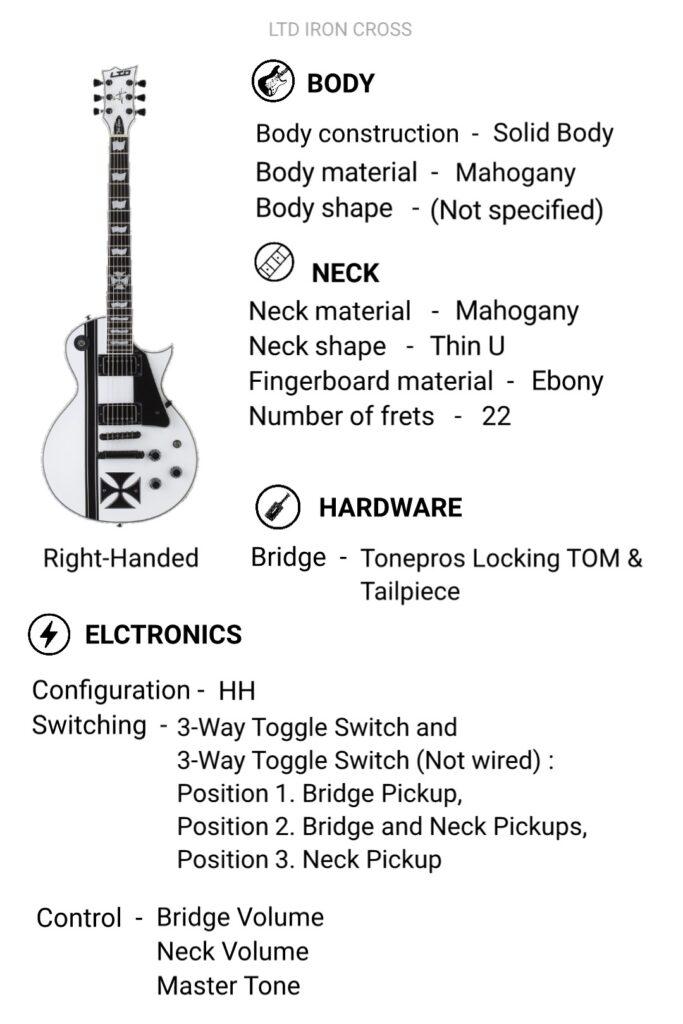
Introduction: ESP, short for Electric Sound Products, stands as a beacon of excellence in the realm of electric guitars. With a history rooted in precision craftsmanship and a commitment to pushing musical boundaries, ESP has become synonymous with high-quality instruments catering to players across the spectrum. This article takes you on a journey through the diverse world of ESP electric guitars.
”Read_More”
1. ESP LTD Series:
- Overview: The LTD series offers a wide range of guitars designed for players seeking high-quality instruments at more affordable price points.
- Features:
- Diverse models for various playing styles.
- Quality construction with a focus on accessibility.
- Popular among entry-level to intermediate players.
- Wide range of body shapes, finishes, and pickup configurations.
2. ESP USA Series:
- Overview: The ESP USA series represents guitars crafted in the United States, offering premium quality and craftsmanship.
- Features:
- Made in the USA with meticulous attention to detail.
- High-end materials and components.
- Diverse models covering different genres.
- Appeals to professional musicians and collectors.
3. ESP Signature Series:
- Overview: The Signature series features guitars designed in collaboration with renowned artists, reflecting their preferences and playing styles.
- Features:
- Signature models for iconic artists such as James Hetfield, Kirk Hammett, and others.
- Unique aesthetics and specifications tailored to the artist’s requirements.
- Ideal for fans of specific musicians seeking their signature sound.
4. ESP E-II Series:
- Overview: The E-II series offers guitars crafted in Japan, providing exceptional quality and performance.
- Features:
- Precision craftsmanship in Japan.
- Models designed for professional musicians.
- Wide range of body styles, finishes, and high-end components.
- Suitable for players seeking premium Japanese-made instruments.
5. ESP Original Series:
- Overview: The Original series represents guitars crafted in Japan, showcasing the original designs and features associated with ESP.
- Features:
- Japanese craftsmanship with attention to detail.
- Original ESP body shapes and designs.
- Preferred by players who appreciate traditional ESP aesthetics.
6. Thinline Series:
- Overview: The Thinline series features semi-hollow and hollow-body guitars, offering a unique tonal character and resonance.
- Features:
- Semi-hollow or hollow-body construction for enhanced resonance.
- Suitable for genres requiring a warmer and more nuanced tone.
- Offers a balance between solid-body and fully hollow designs.
7. ESP Custom Shop:
- Overview: The ESP Custom Shop represents the pinnacle of ESP craftsmanship, providing custom-built instruments tailored to individual specifications.
- Features:
- Highly customized guitars crafted to order.
- Premium materials, unique finishes, and intricate details.
- Limited production and exclusivity.
- Appeals to collectors and players seeking one-of-a-kind instruments.
In the world of electric guitars, ESP stands tall as a symbol of excellence, blending craftsmanship, innovation, and a deep connection to the world of music. Whether you’re a novice exploring the entry-level LTD series or a seasoned professional seeking the pinnacle of customization with the ESP Custom Shop, there’s an ESP guitar designed to amplify your musical journey. With a legacy spanning decades, ESP continues to shape the future of guitar craftsmanship, setting the stage for the next generation of players and musical pioneers.
How to choose right ESP electric Guitar
Choosing the right ESP electric guitar involves considering several factors to ensure it aligns with your playing style, preferences, and budget. Here’s a guide to help you make an informed decision:
- Define Your Budget:
- ESP offers guitars across a wide price range, from budget-friendly LTD models to high-end USA and Custom Shop instruments. Define your budget to narrow down your options.
- Identify Your Playing Style:
- Different ESP series cater to various playing styles. If you’re into metal, the Signature Series or LTD Metal Series might be suitable. For versatility, the E-II or Original Series could be ideal.
- Consider Tonewoods and Construction:
- ESP guitars come in various tonewood combinations and construction styles. Consider whether you prefer the sustain of a solid body, the resonance of a semi-hollow, or the unique tones of a Thinline model.
- Pickup Configurations:
- ESP guitars offer a range of pickup configurations, from humbuckers to single-coils. Choose a model that aligns with the tones you desire for your genre of music.
- Neck Profile and Scale Length:
- The neck profile and scale length significantly impact playability. Try different neck profiles to find one that suits your hand comfortably. Consider whether you prefer a shorter or longer scale length for string tension.
- Explore Series Options:
- Each ESP series has its characteristics. LTD guitars are great for beginners and intermediate players, while E-II and Original Series offer higher-end craftsmanship. The USA Series and Custom Shop models are for those seeking top-tier quality.
- Check Artist Endorsements:
- If you admire a particular artist’s sound, explore ESP’s Signature Series associated with that artist. Signature models often reflect the tonal preferences and features preferred by the endorsing musician.
- Test Playability:
- Whenever possible, play the guitar before purchasing it. Check for comfort, neck feel, and access to higher frets. Ensure that the weight and balance suit your preferences.
- Examine Hardware and Features:
- Pay attention to the hardware, including the bridge, tuners, and any additional features. Some models offer advanced features like Floyd Rose tremolos or Evertune bridges.
- Read Reviews and Seek Recommendations:
- Research reviews and seek recommendations from experienced players. Online forums and reviews can provide insights into the experiences of other guitarists with specific ESP models.
- Consider Resale Value:
- ESP guitars, especially higher-end models, often retain their resale value. If this is a consideration for you, explore models that are known for holding their value in the used market.
- Personal Aesthetics:
- Lastly, consider the visual appeal of the guitar. ESP offers a variety of finishes and body shapes. Choose a guitar that not only sounds great but also resonates with your personal style.
By considering these factors and taking the time to explore various ESP models, you can find the right electric guitar that complements your playing style and preferences. Whether you’re a beginner or an experienced musician, ESP offers a diverse lineup to suit a wide range of musical needs.
Pros and Cons of ESP electric Guitars
Pros:
- Craftsmanship and Build Quality:
- ESP is renowned for its meticulous craftsmanship, ensuring high build quality and attention to detail across all series.
- Diverse Series for Different Players:
- ESP offers a diverse range of series, from affordable LTD guitars to high-end USA and Custom Shop models, catering to players of various skill levels and preferences.
- Signature Series for Iconic Tones:
- The Signature Series allows players to access guitars designed in collaboration with iconic artists, providing a chance to achieve specific tones associated with those musicians.
- Wide Range of Tonewood Options:
- ESP guitars come in various tonewood combinations, providing players with options to achieve different tones and sustain characteristics.
- Versatile Pickup Configurations:
- ESP guitars feature a variety of pickup configurations, allowing players to choose models that suit their preferred playing styles and genres.
- Innovation and Technology:
- ESP incorporates innovative features and technologies, such as advanced pickups, bridges, and hardware, to enhance playability and tonal options.
- Resale Value:
- Higher-end ESP models, particularly USA and Custom Shop guitars, tend to hold their resale value well, making them a good investment for resale or trade-in.
- Artist Endorsements:
- The association with renowned artists and their signature models adds to the credibility and desirability of ESP guitars.
- Comfortable Neck Profiles:
- ESP guitars often feature comfortable neck profiles, allowing for smooth playability and easy maneuverability across the fretboard.
- Premium Aesthetics:
- Many ESP guitars boast visually striking designs and finishes, appealing to players who appreciate premium aesthetics.
Cons:
- Price Point for Higher-End Models:
- The higher-end ESP models, particularly those from the USA Series and Custom Shop, can be relatively expensive, making them less accessible for budget-conscious players.
- Limited Availability of Custom Shop Models:
- Custom Shop models are often limited in availability and can have longer wait times due to the custom nature of the builds.
- Limited Thinline Options:
- While ESP offers Thinline models, the selection may be limited compared to other body styles.
- Weight of Some Models:
- Some ESP models, especially those with additional features or exotic tonewoods, may be heavier, which may not be preferred by all players.
- Signature Models Are Specific to Artist Tones:
- While the Signature Series allows players to achieve specific tones, the guitars are often tailored to the preferences of the endorsing artists, limiting versatility for some players.
- Availability in Some Regions:
- The availability of certain ESP models may vary by region, and some players might have limited access to specific series or models.
- Learning Curve for Advanced Features:
- Guitars with advanced features, such as specific tremolo systems or intricate electronics, may have a learning curve for players not familiar with these technologies.
- Less Affordable Options for Beginners:
- While the LTD series offers affordable options, beginners might find entry-level ESP guitars relatively more expensive compared to other brands.
In conclusion, ESP electric guitars offer a range of options catering to players seeking quality, versatility, and iconic tones. The choice between different series depends on individual preferences, playing styles, and budget considerations.
History of ESP electric Guitars
The history of ESP (Electric Sound Products) electric guitars is a journey that spans several decades, marked by innovation, craftsmanship, and a commitment to serving the diverse needs of musicians. Here’s a brief overview of the key milestones in the history of ESP:
Early Years (1970s):
- ESP was founded in 1975 in Tokyo, Japan, by Hisatake Shibuya.
- Initially, the company was focused on the replacement parts market, providing high-quality custom replacement parts for guitars.
- ESP gained a reputation for crafting high-end replacement parts, including necks and bodies.
Entry into Guitar Manufacturing (Late 1970s):
- In the late 1970s, ESP expanded its operations to include the manufacturing of complete guitars.
- The company started producing custom guitars for local artists, gaining recognition for its craftsmanship and attention to detail.
The Birth of the “ESP” Brand (1983):
- In 1983, ESP officially became a brand, and the company adopted the name “ESP Company, Limited.”
- The ESP brand quickly gained popularity among musicians in Japan and beyond for its high-quality instruments.
Emergence in the Global Market (Late 1980s):
- By the late 1980s, ESP had established itself as a prominent guitar manufacturer in the global market.
- The company gained attention for its innovative designs, often catering to the needs of heavy metal and rock musicians.
Artist Endorsements and Signature Series (1980s – 1990s):
- ESP forged partnerships with influential artists, leading to the creation of signature models.
- James Hetfield of Metallica was among the first artists to collaborate with ESP, resulting in the iconic ESP Eclipse model.
- The artist endorsement strategy contributed to ESP’s growing reputation among professional musicians.
Expansion and Diversification (1990s – 2000s):
- ESP expanded its product lineup to include a wide range of guitars, catering to various genres and playing styles.
- The introduction of the LTD series in the 1990s provided more affordable options for a broader audience without compromising on quality.
ESP in the 21st Century:
- ESP continued to innovate, introducing new technologies and features to its guitars.
- The E-II series, crafted in Japan, became a benchmark for high-end production guitars.
- The ESP USA series and Custom Shop offerings showcased the pinnacle of craftsmanship and customization.
Ongoing Innovation and Global Influence:
- ESP remains at the forefront of guitar innovation, incorporating advanced features such as unique pickup configurations, specialized bridges, and modern electronics.
- The company’s influence extends globally, with artists from various genres choosing ESP guitars for their tone, playability, and reliability.
Legacy and Iconic Models:
- ESP’s legacy includes iconic models such as the Eclipse, Horizon, and the various signature guitars associated with renowned artists.
- The company’s commitment to quality, precision, and serving the needs of diverse musicians has solidified its place in the history of electric guitars.
As ESP continues to evolve and push the boundaries of guitar design, its history remains a testament to the brand’s dedication to excellence, innovation, and providing musicians with instruments that inspire creativity and musical expression.
”Read_Less”

